In the 1990s the self-declared “bedeaste and high priest of painting mystico-African religio-secret,” Mfumu’Eto (Mfumu’Eto Nkou-Ntoula) established a one-man guerrilla publishing empire on the streets of Kinshasa. His arsenal of little comic books, written in Lingala, Thiluba and French, made on low-quality paper, self-produced using stencils and photocopying machines and distributed informally in the market place, quickly gained notoriety for their virulent attacks against the political powers-that-be. Along with other low-cost and locally distributed magazines such as Fula Ngenge, Mfumu’Eto’s comics inaugurated the era of author as producer DRC’s literary world. Like other comics produced in Kinshasa at the time they were heavily influenced by urban culture, and smeared with local indiscretions known as “kinoiseries”. Mfumu’Eto however also drew inspiration from local traditions, combining black magic and religion, pulp fiction and politics, irony and attitude in a wild display of interdisciplinary bravado that directly contested dominant colonial systems of knowledge.
His most famous series includes the politically propulsive A Nguma Meli Muasi Ya Na Kati Kinshasa, first published in 1990 and finally banned by the authorities and his devilish Satan Mobutu series which re-imaged former dictator Mobutu as a contemporary Beelzebub. Mfumu’Eto work was recently exhibited in Europe and the US, following the international success of popular painters such as Cheri Samba and the growing interest in African comics.
traduction française par Scarlett Antonio
Dans les années 1990, Mfumut’Eto (Mfumu’Eto Nkou-Ntoula), qui s’est déclaré être le bedeau et le grand prêtre de la peinture du secret mystique- religion africaine, à établi dans les rues de Kinshasa un empire de l’édition géré par un seul guérillero. Son arsenal de petits livres comiques, écrits en Lingala, Thiluba et Français, édités avec un papier de pauvre qualité, manufacturés de ses propres moyens en utilisant des stylos et des photocopieurs et distribués sans cérémonie sur la place du marché, ont rapidement gagné de la notoriét pour leurs attaques virulentes contre les pouvoirs politiques. En parallèle avec les autres magazines distribués localement à prix bas tel que Fula Ngenge, les comiques de Mfumu’Eto inauguraient l’ère de l’auteur en tant que producteur du monde littéraire de la RDC. Comme d’autres comiques produits à Kinshasa à cette époque, ils étaient influencés de manière importante par la culture urbaine et portaient atteinte aux indiscrétions locales surnommées “kinoiseries”. Cependant Mfumu’Eto tira également son inspiration des traditions locales, mélangeant la magie noire et religion, fiction à sensations et politique, ironie et une attitude de déploiement dépassée de bravade interdisciplinaire qui contestait directement les systèmes coloniaux dominants de la connaissance.
Ses séries les plus célèbres incluent le propulseur politiquement A Nguma Meli Muasi Ya Na Kati Kinshasa, publié la première fois en 1990 et interdit par les autorités et ses séries maudites Satan Mobutu qui remettait en images l’ancien dictateur Mobutu comme un Beelzebub contemporain. Le travail de Mfumu’Eto a été récemment exposé en Europe et dans les états américains, à la suite du succès international des peintres populaires tel que Cheri Samba et l’intérêt croissant dans les comiques africains.
“Household troubles and national grief, whether rooted in sorcery invasions, sexual rivalries, or human animosities, combine with wondrous flashes of celebrity and power. Through all of it the self-proclaimed Emperor and Majesty chronicles life in Kinshasa: past, present and future. “
THE EMPEROR OF KINSHASA’S STREET COMICS by Nancy Rose Hunter
PEOPLE
Mfumu’Eto Nkou-Ntoula
FAMILY TREE
- Antilope (1959)
- Jeunes pour jeunes (1968) which became Kake (1971)
- Bede Afrique, Magazine panafricaine de la BD (1985)
- Afro BD (1990)
- Fula ngenge
- Africanissimo
- Bleu-Blanc
- Yaya
- Disco-magazine
- Bilenge
RE/SOURCES
- Mfumu’eto on Wikipedia
- French wikipedia.
- Africa e Mediterraneo.
- The Africa Comics project.
- “L’artiste solitaire des rues de Kinshasa”, Africinfo.
- Lumbala, Hilaire Mbiye. “An inventory of the comic strip in Africa,” Africultures.
- Hunt, Nancy Rose. “Tintin and the Interruptions of Congolese Comics”, Images and Empires: Visuality in Colonial and Postcolonial Africa, Paul Stuart Landau, Deborah D. Kaspin (eds), University of California Press, 2002. p p90.
- Mfumu’eto. “Nguma ameliu Musai na Kati ya Kinshasa.” Menseul de Bandes dessinees 1, no.1 (April 1990) Kinshasa Editions Mpangala Original and Offest MGS.


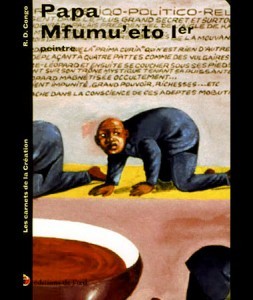
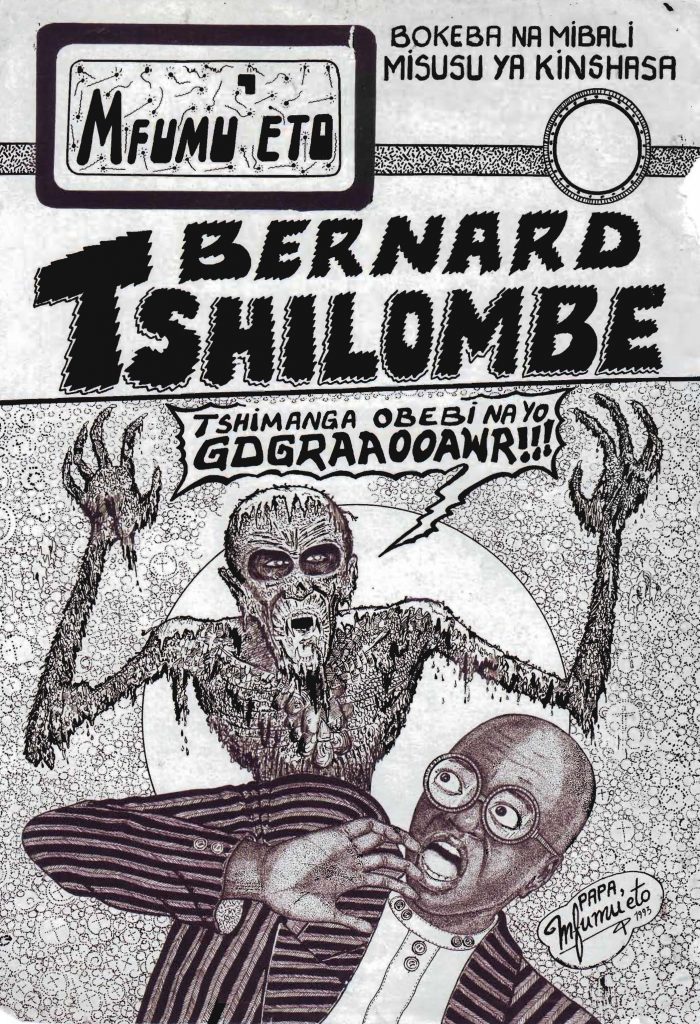
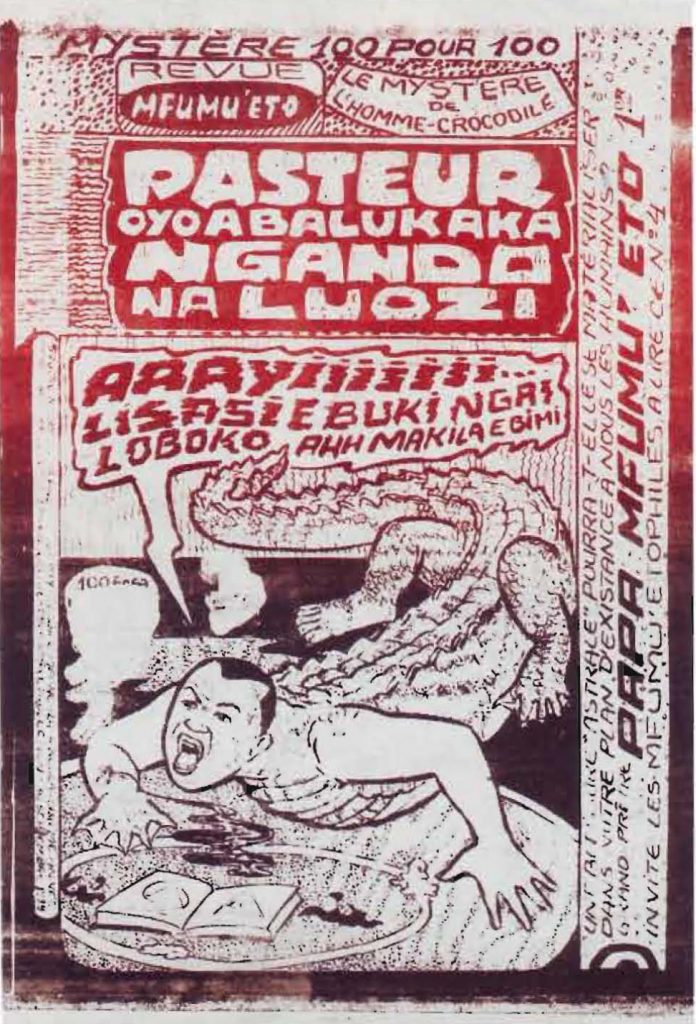
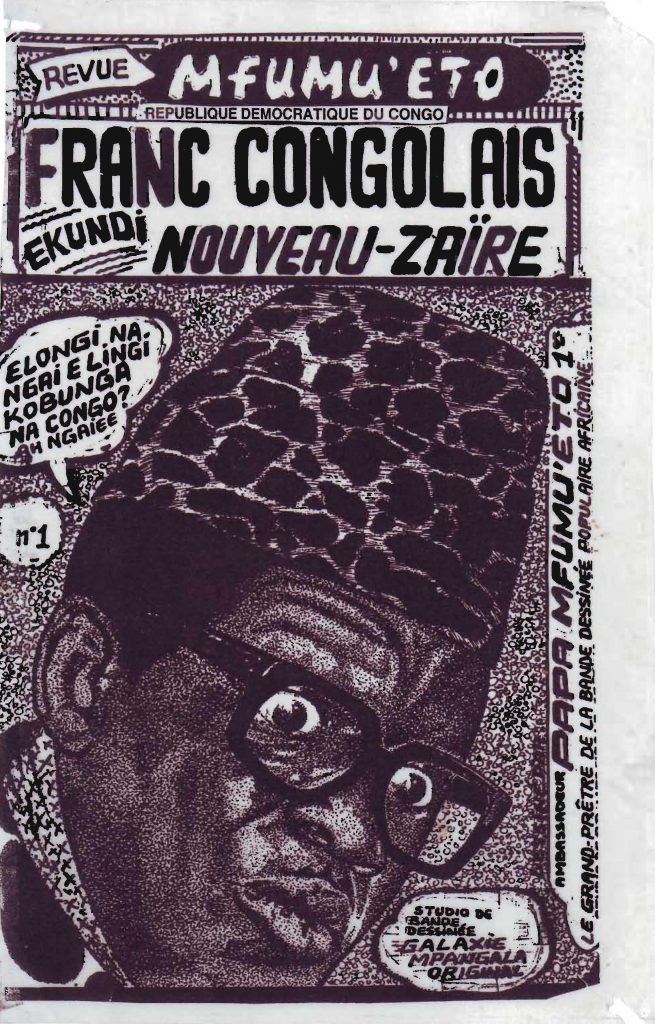

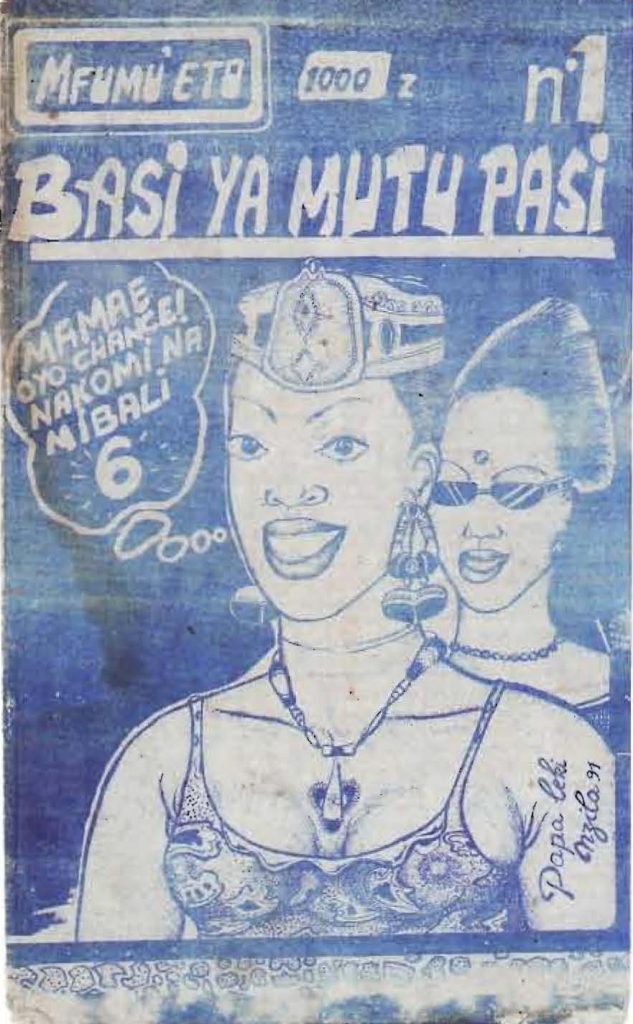




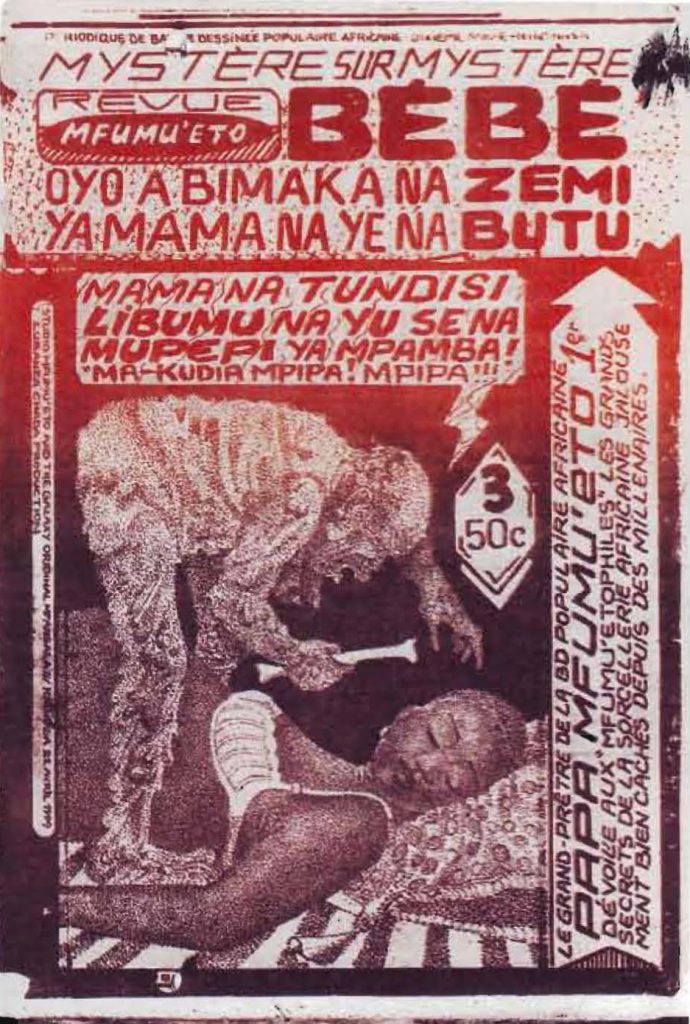
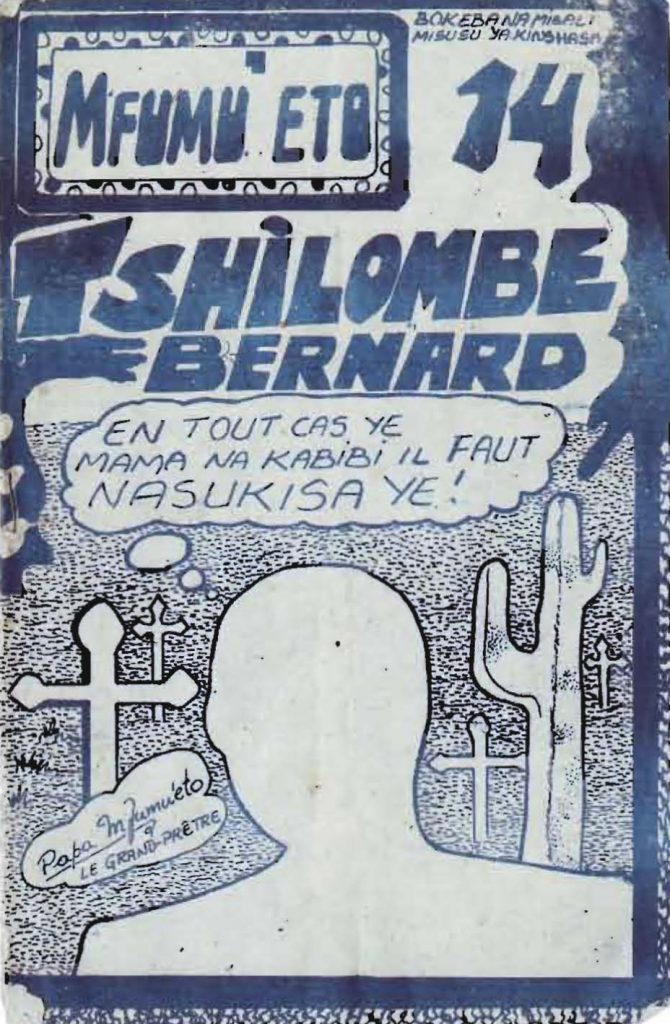
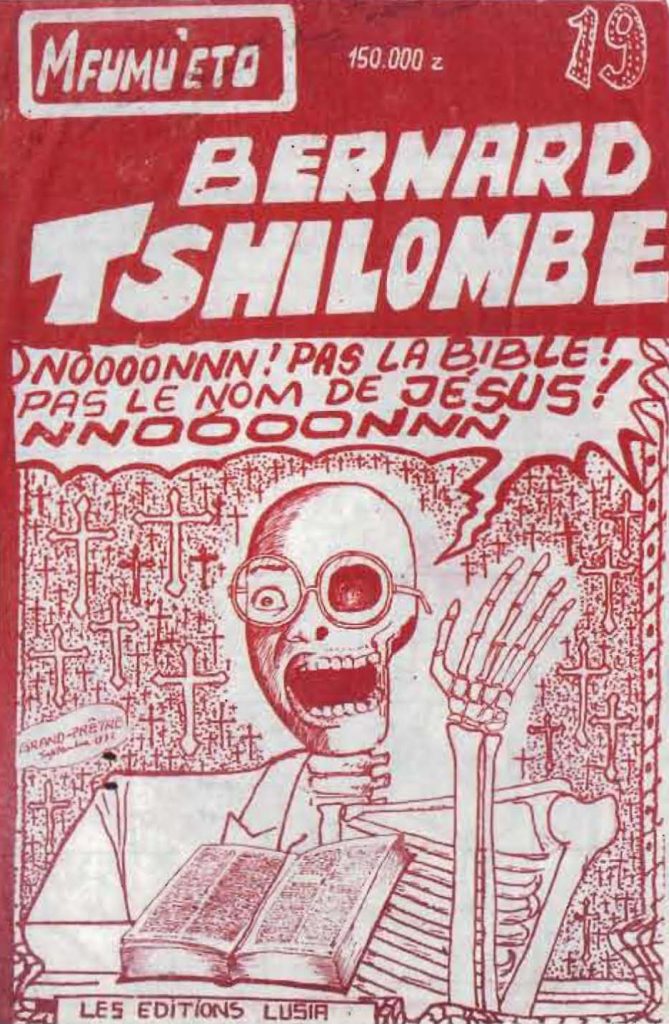
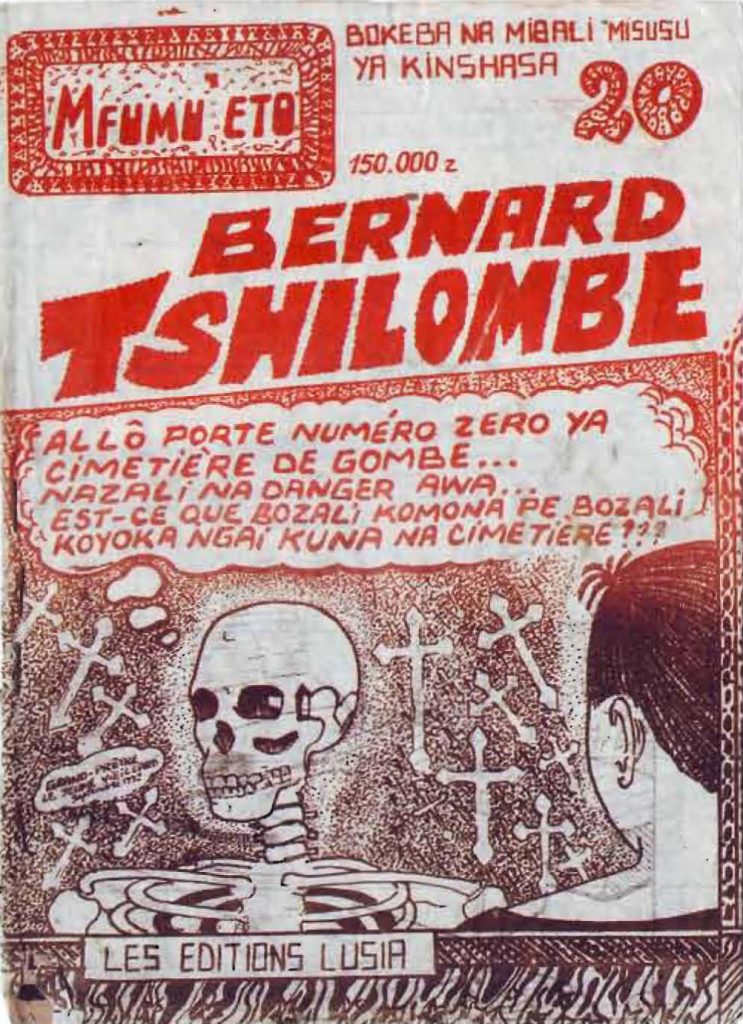
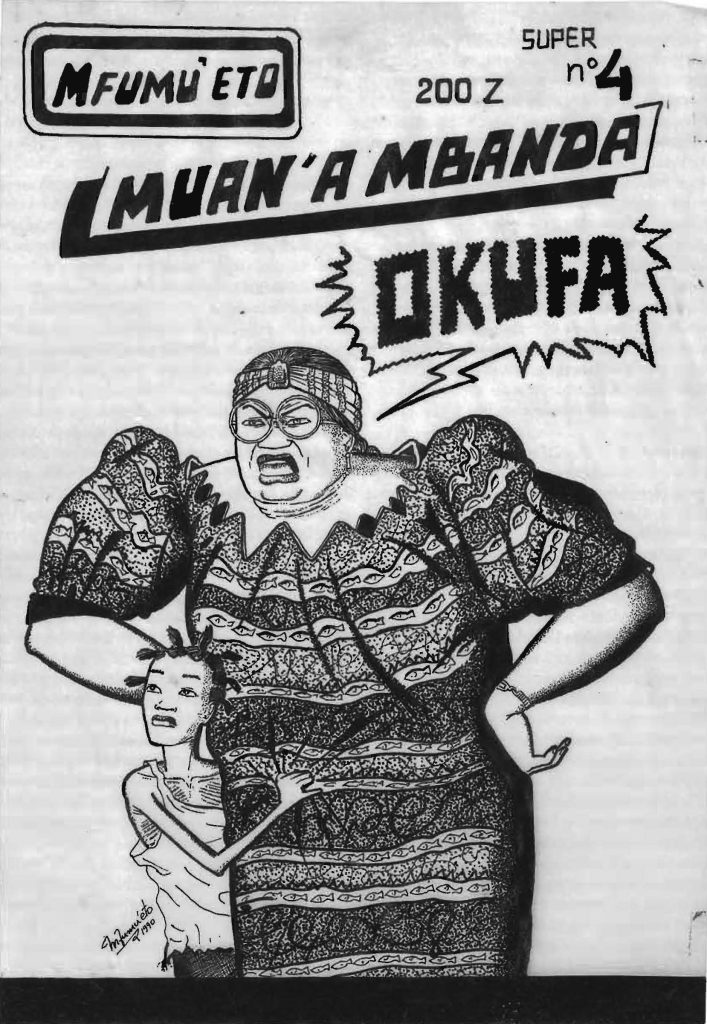
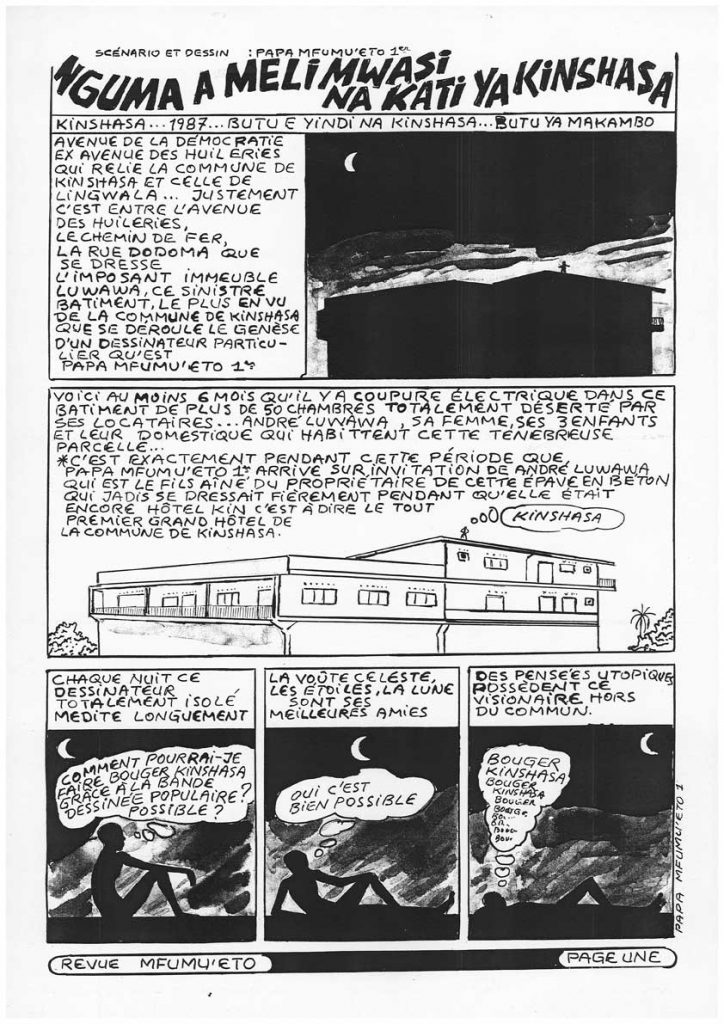
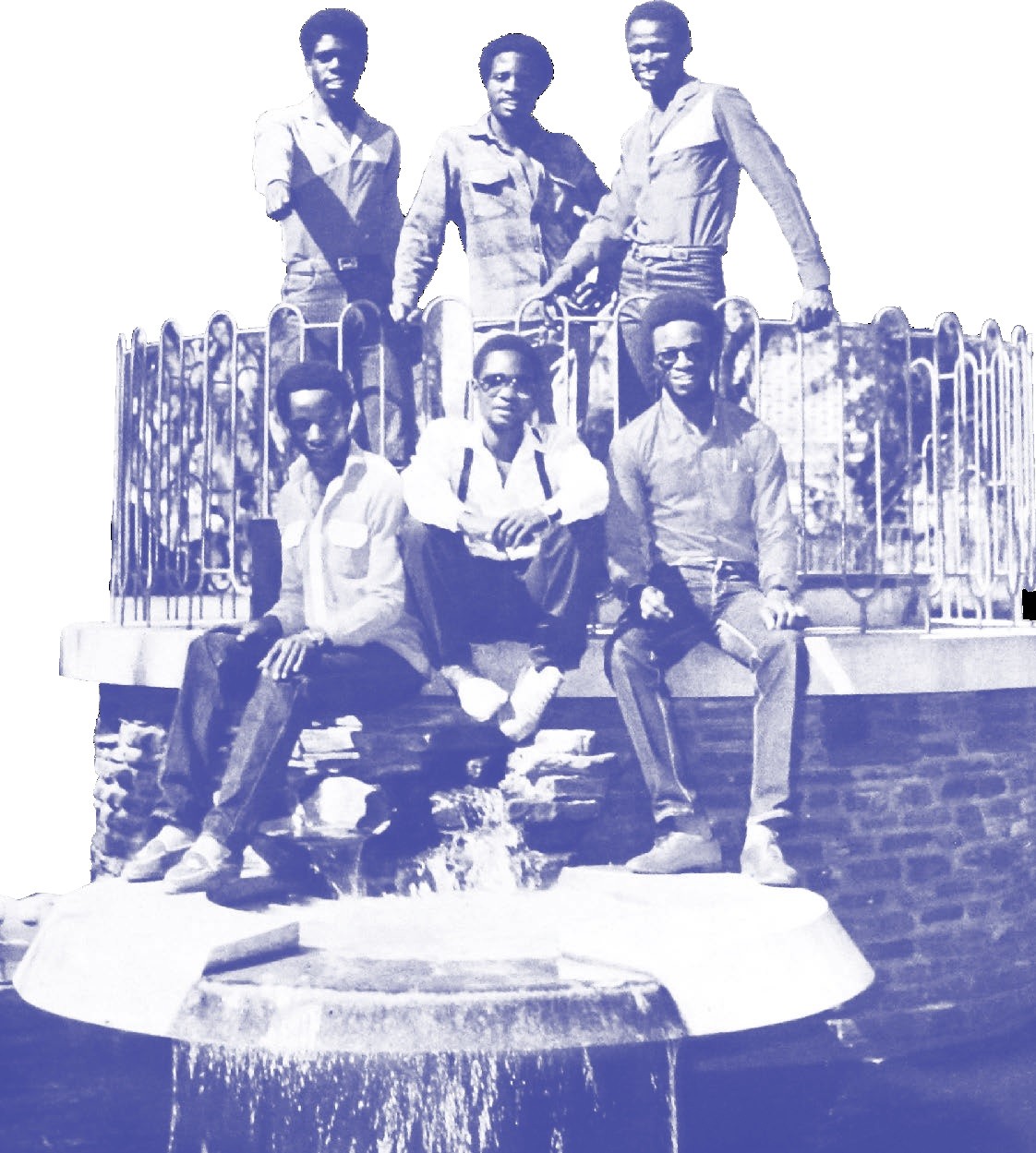



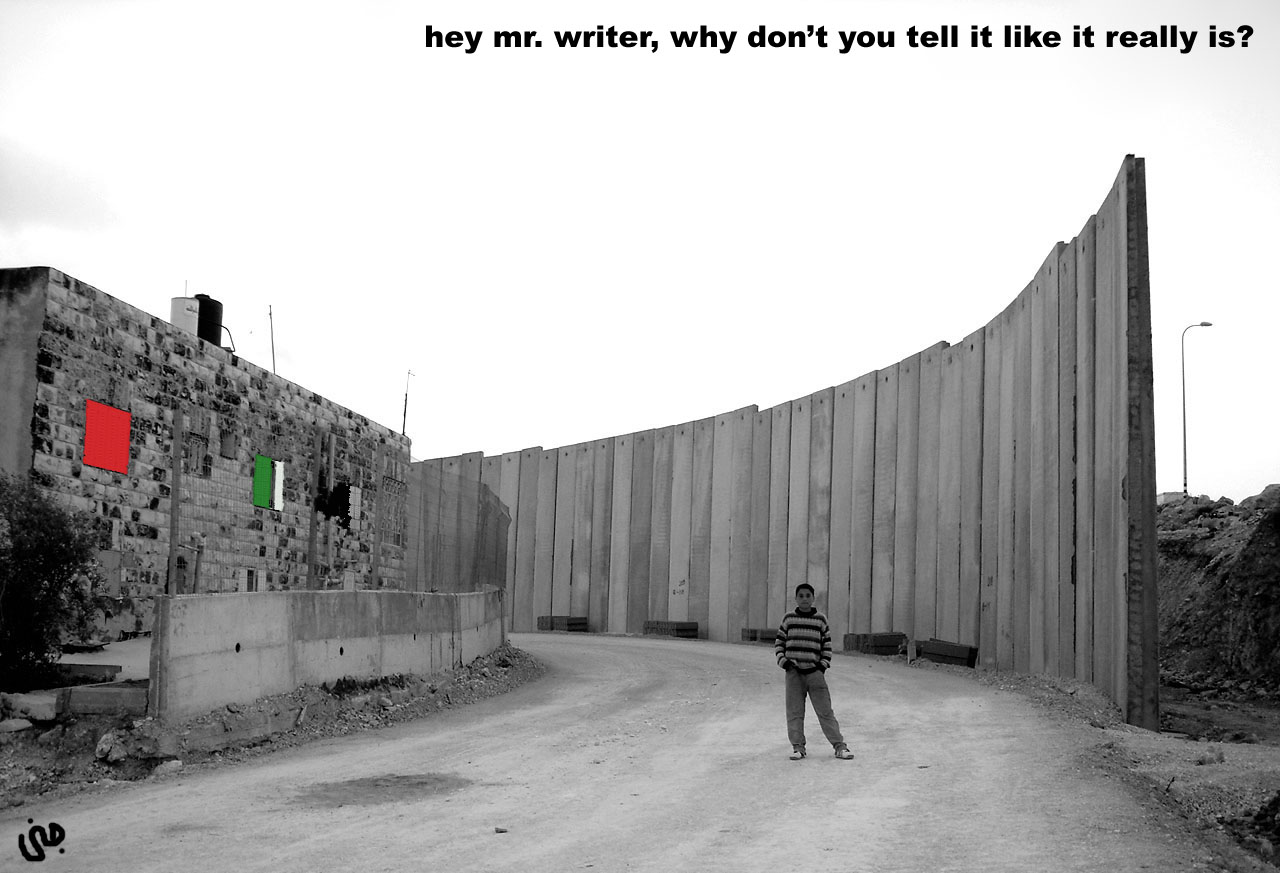







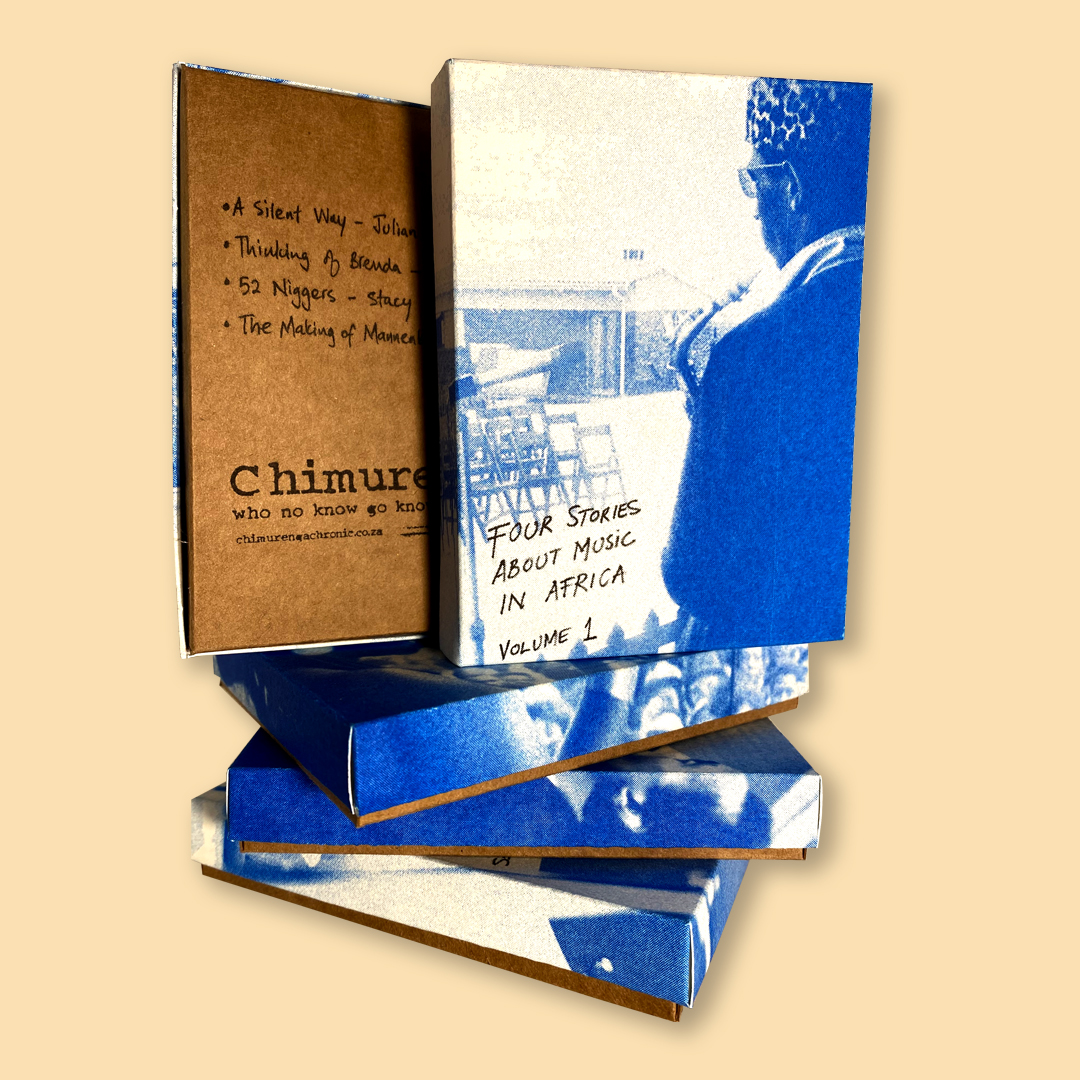









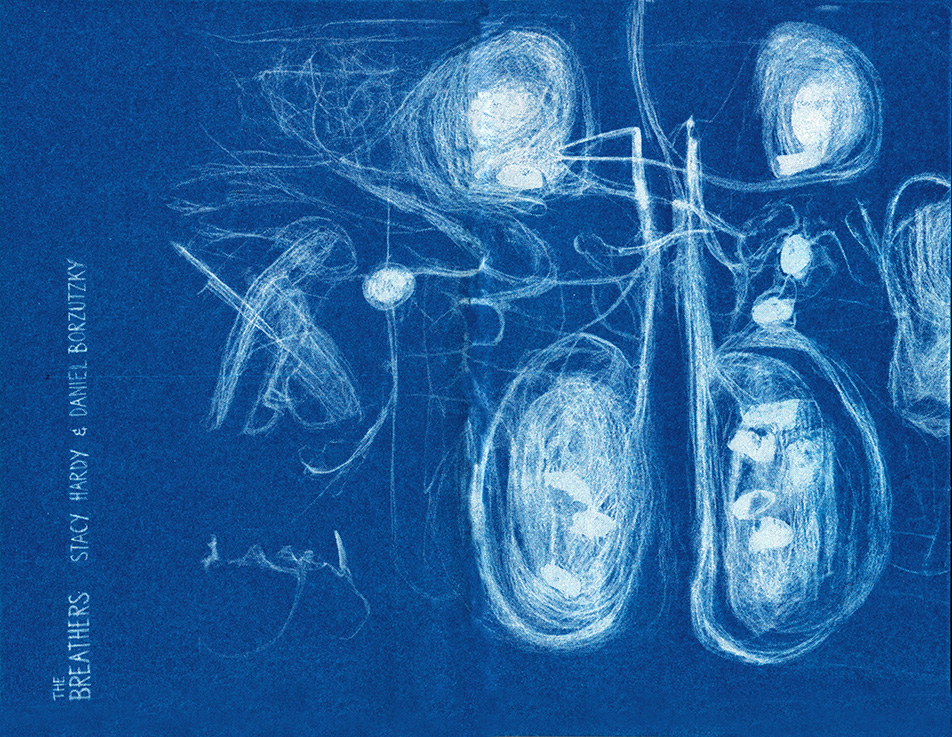













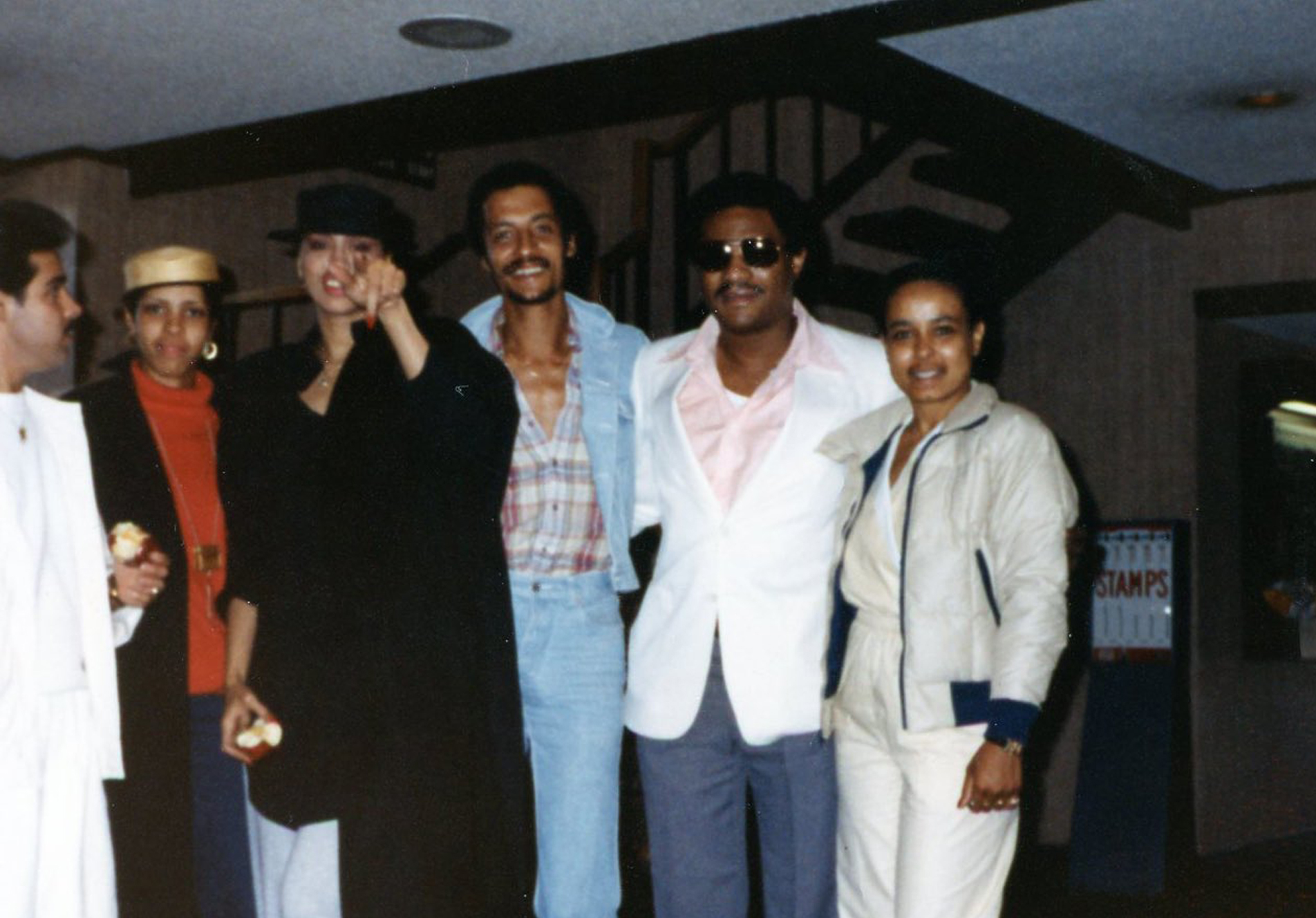
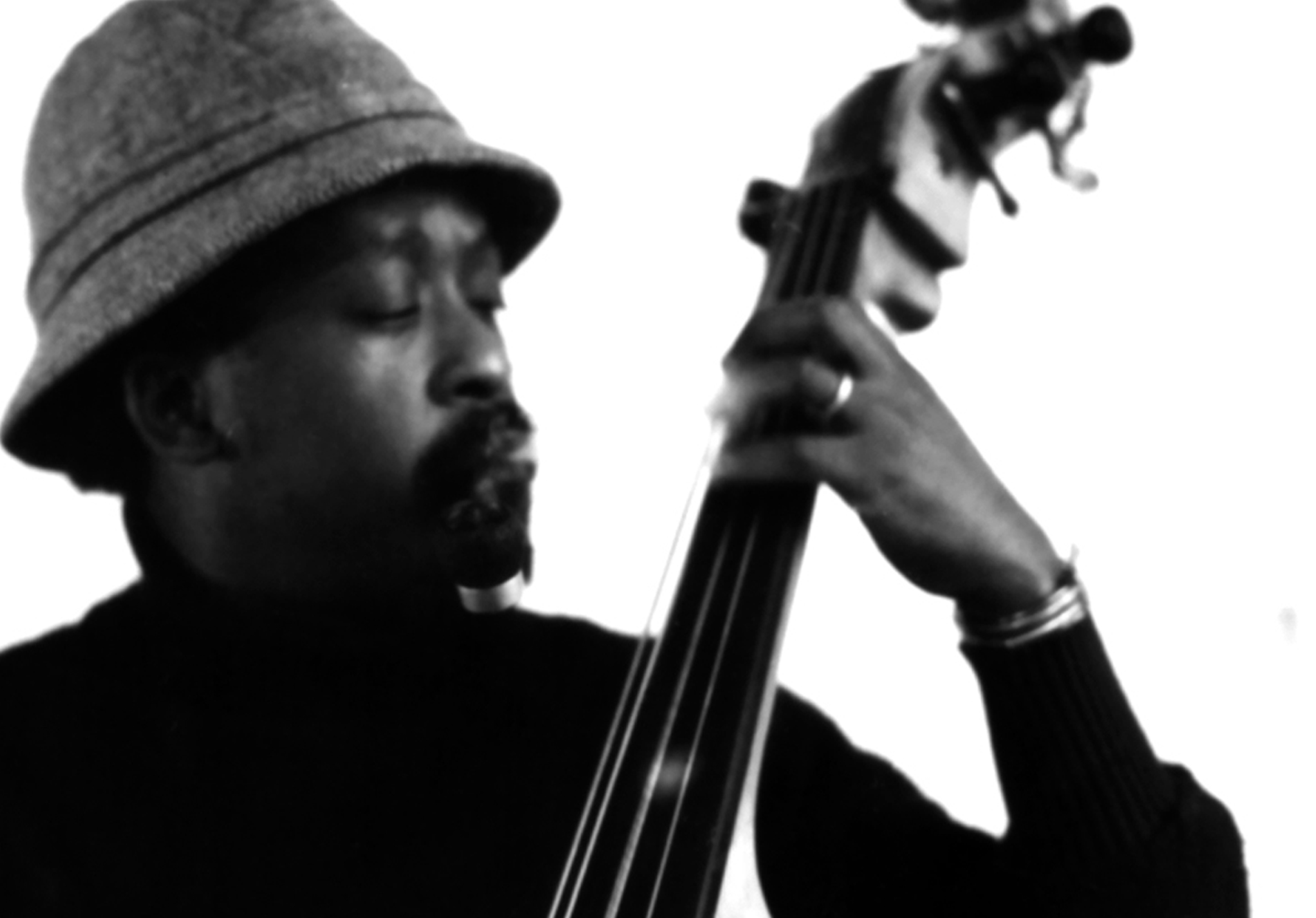
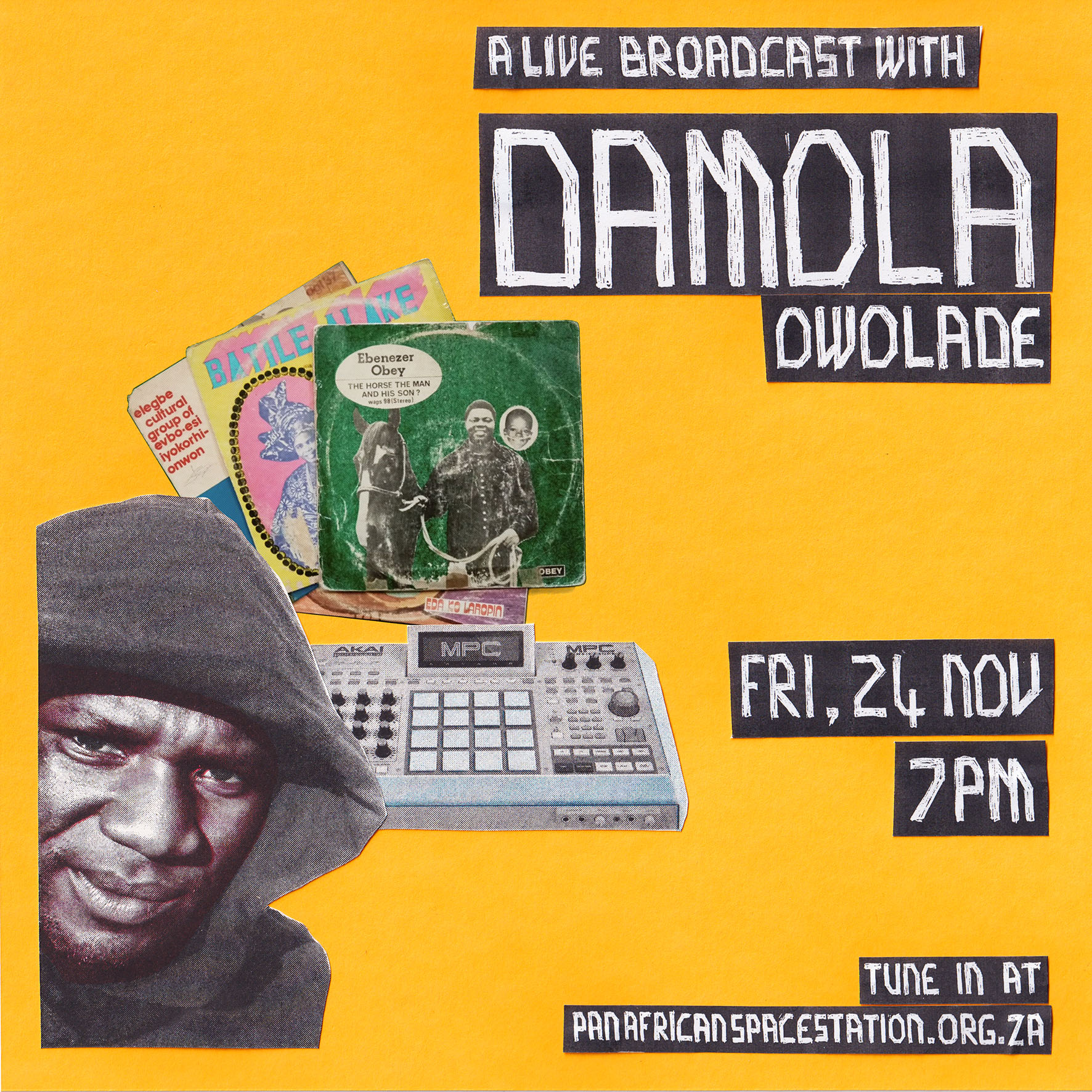



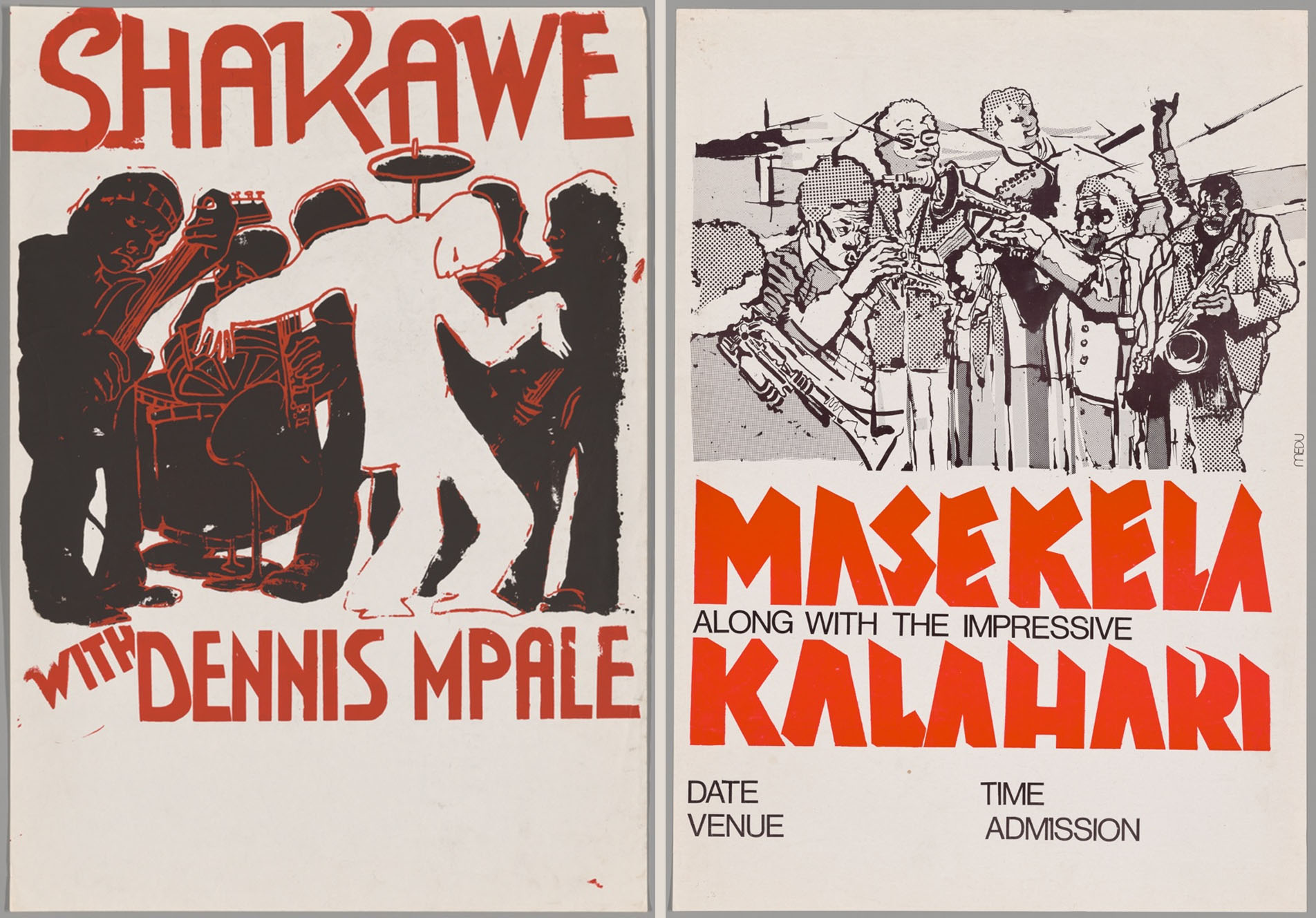
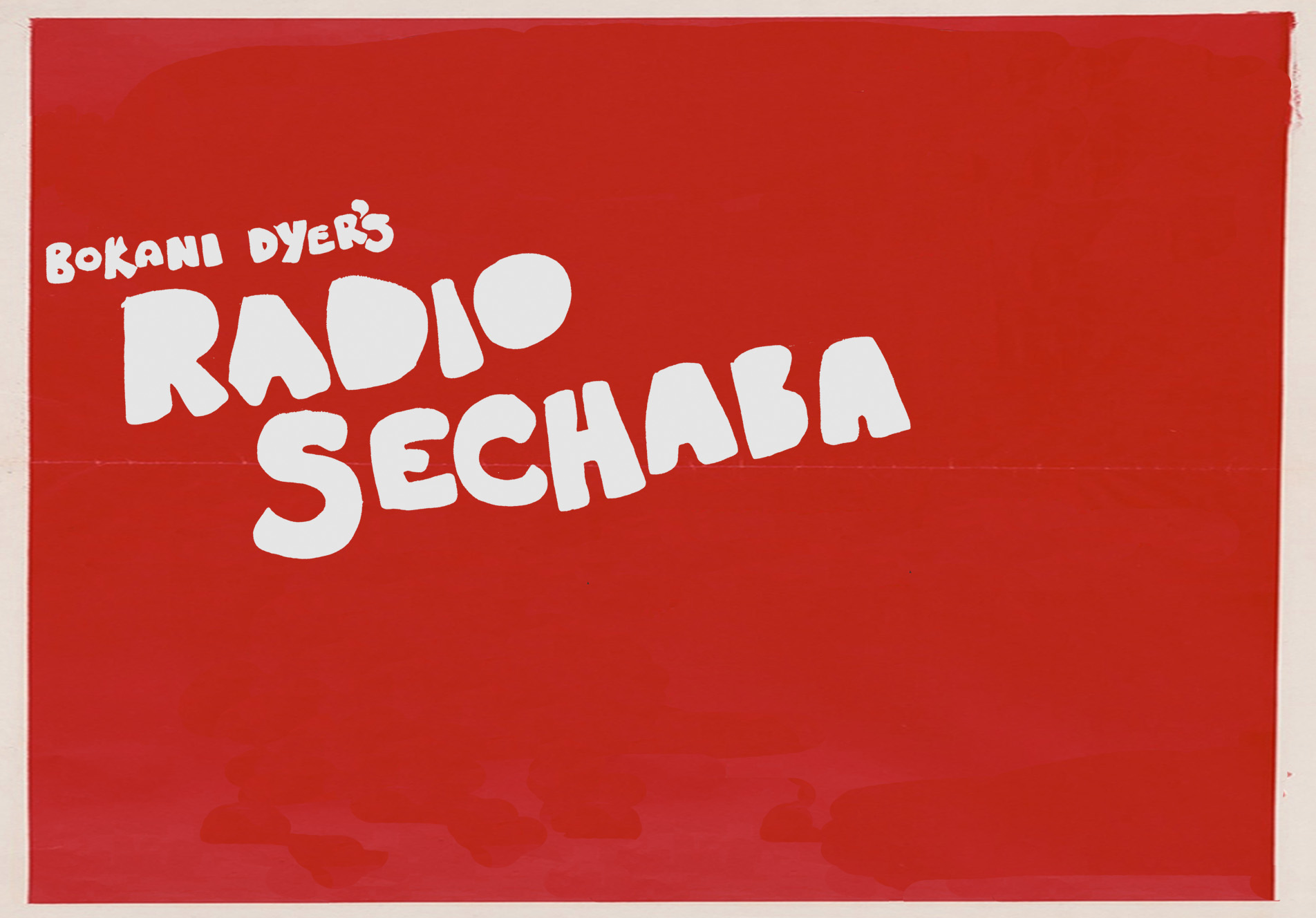







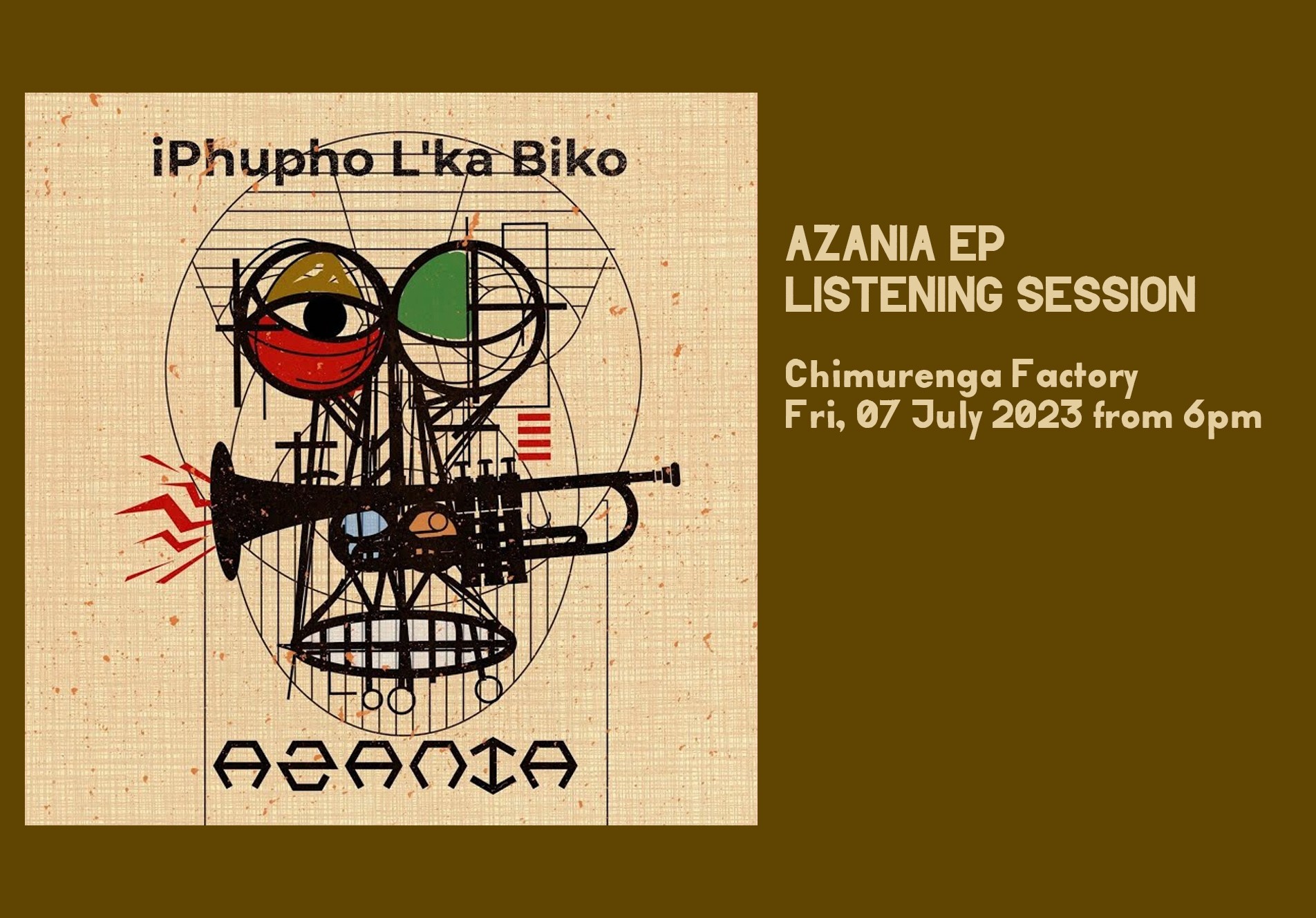


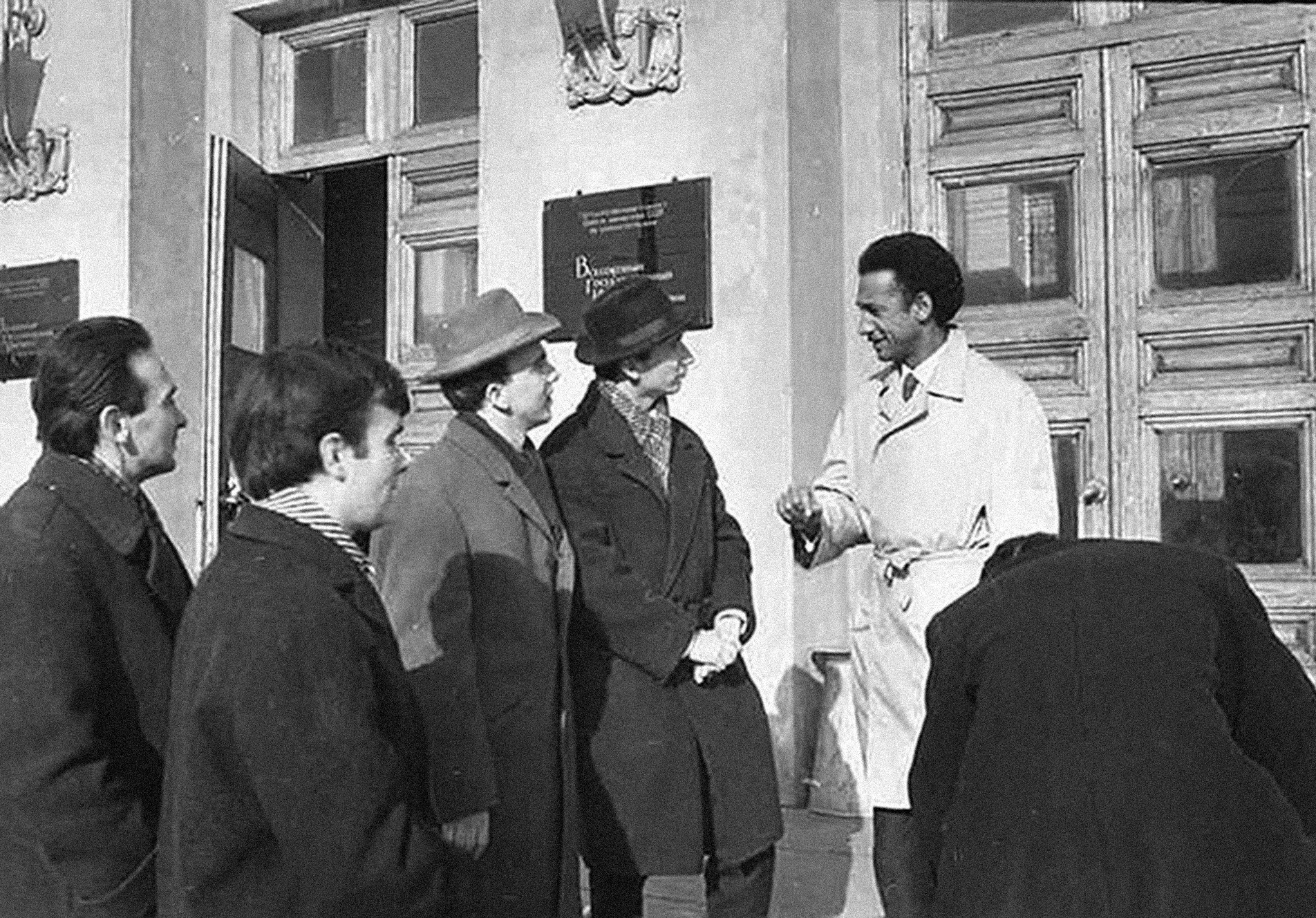



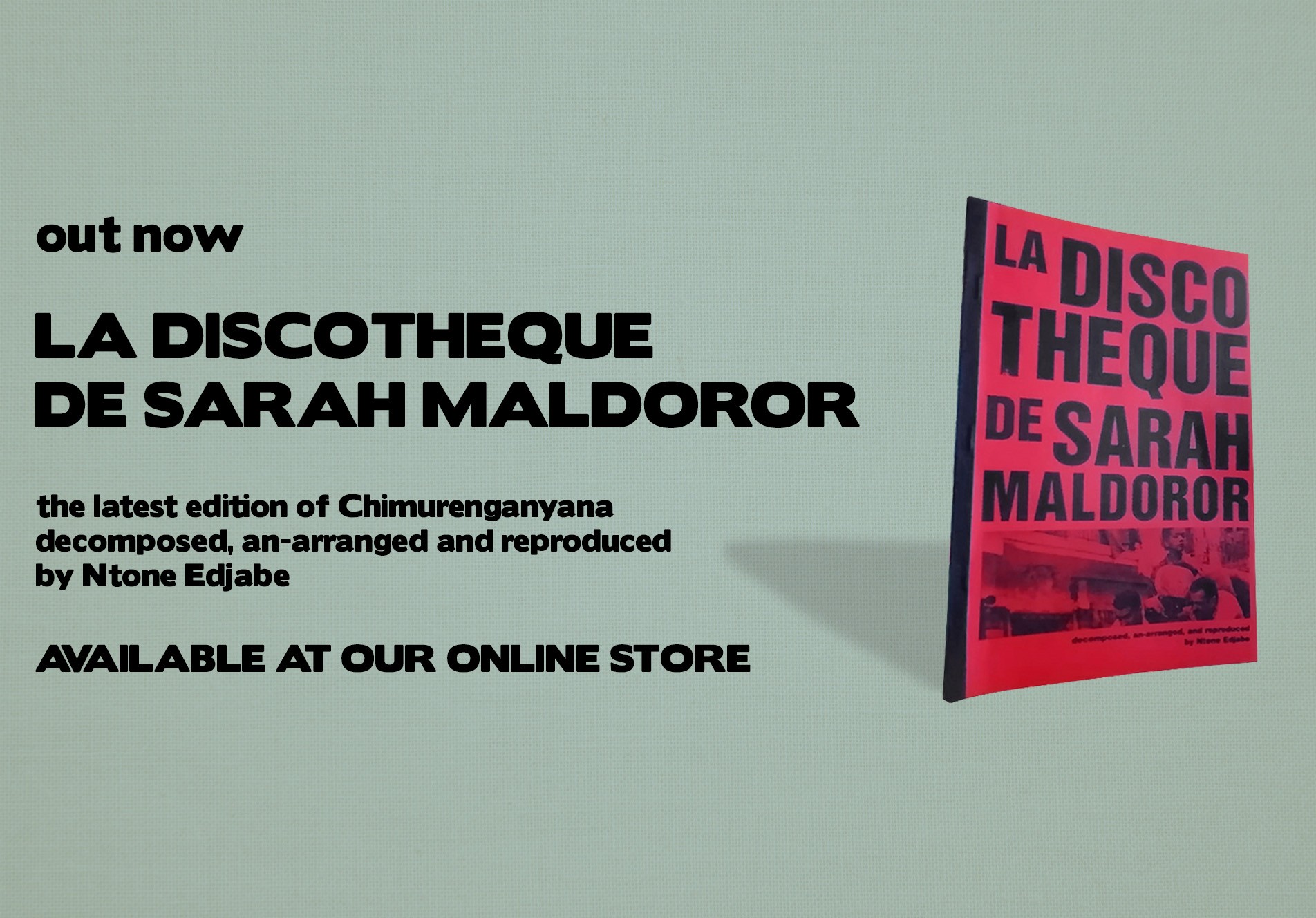


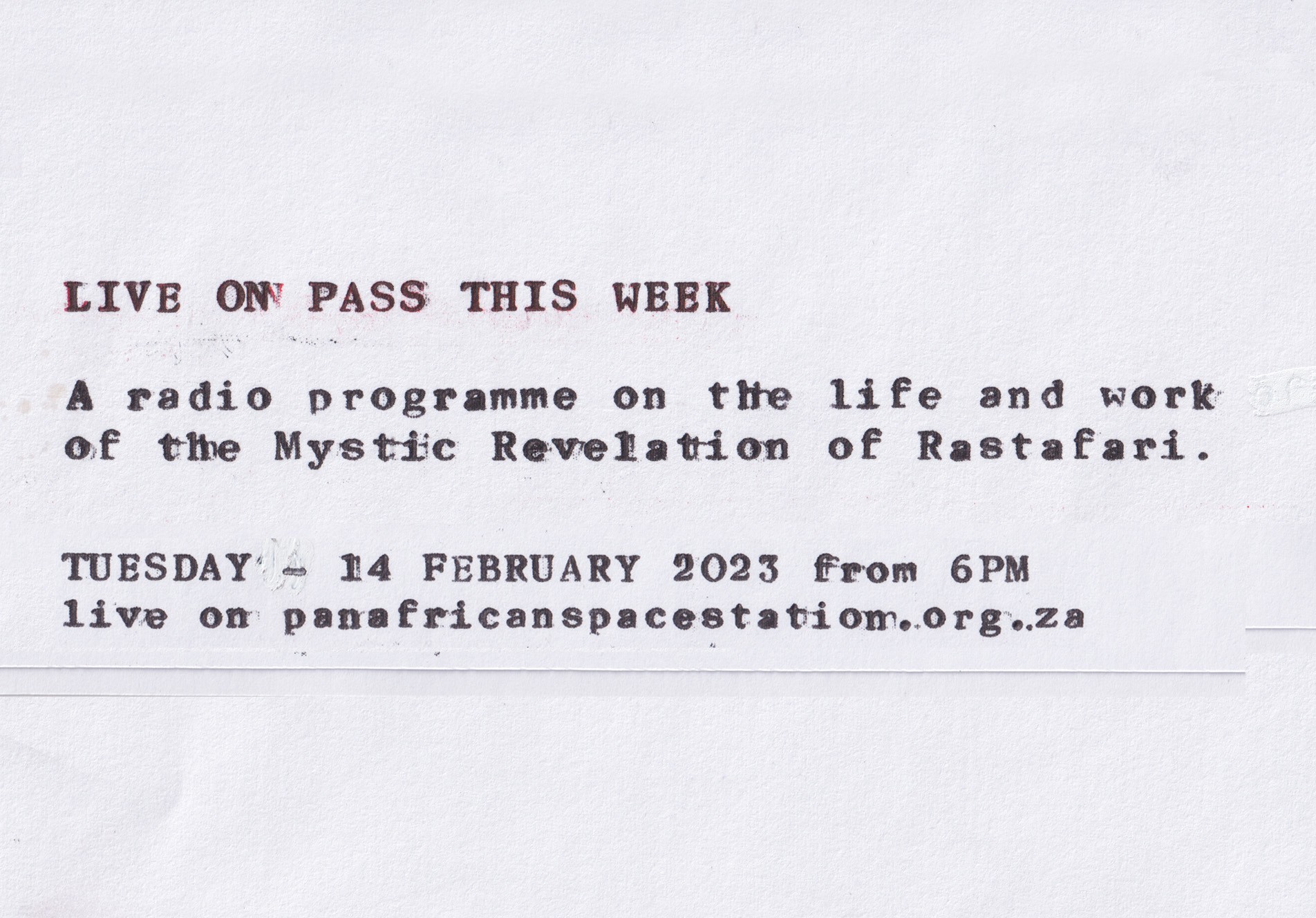


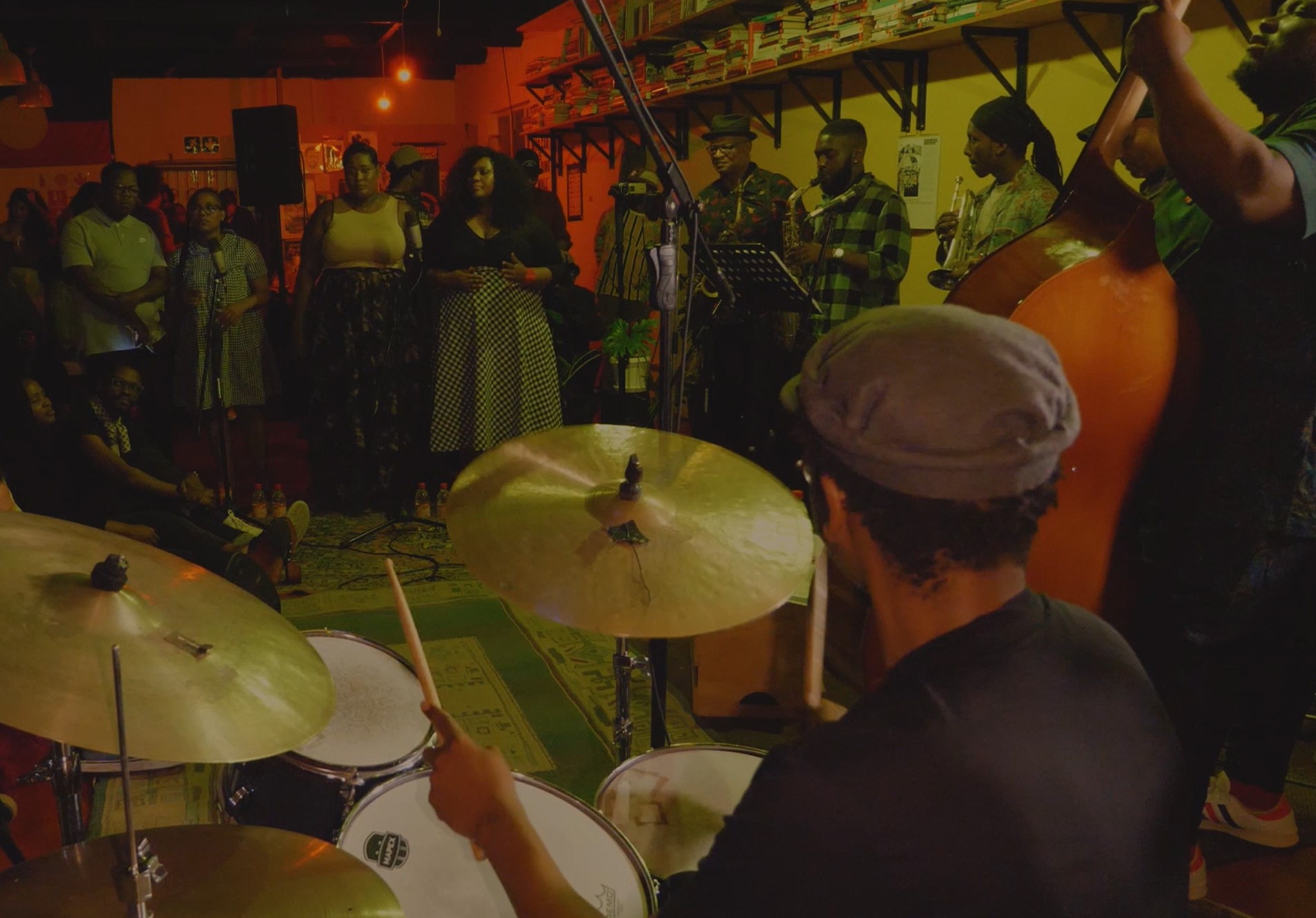

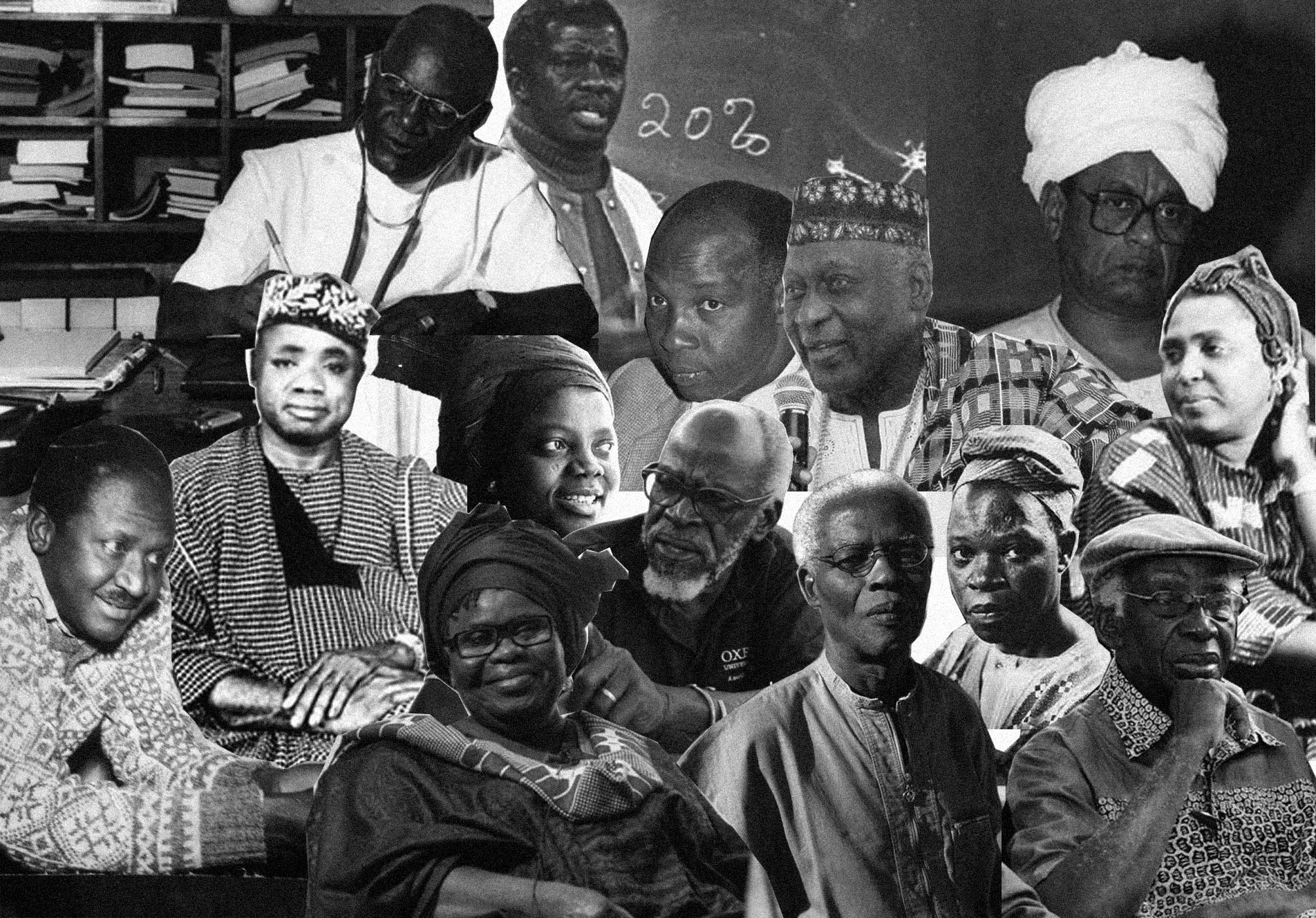





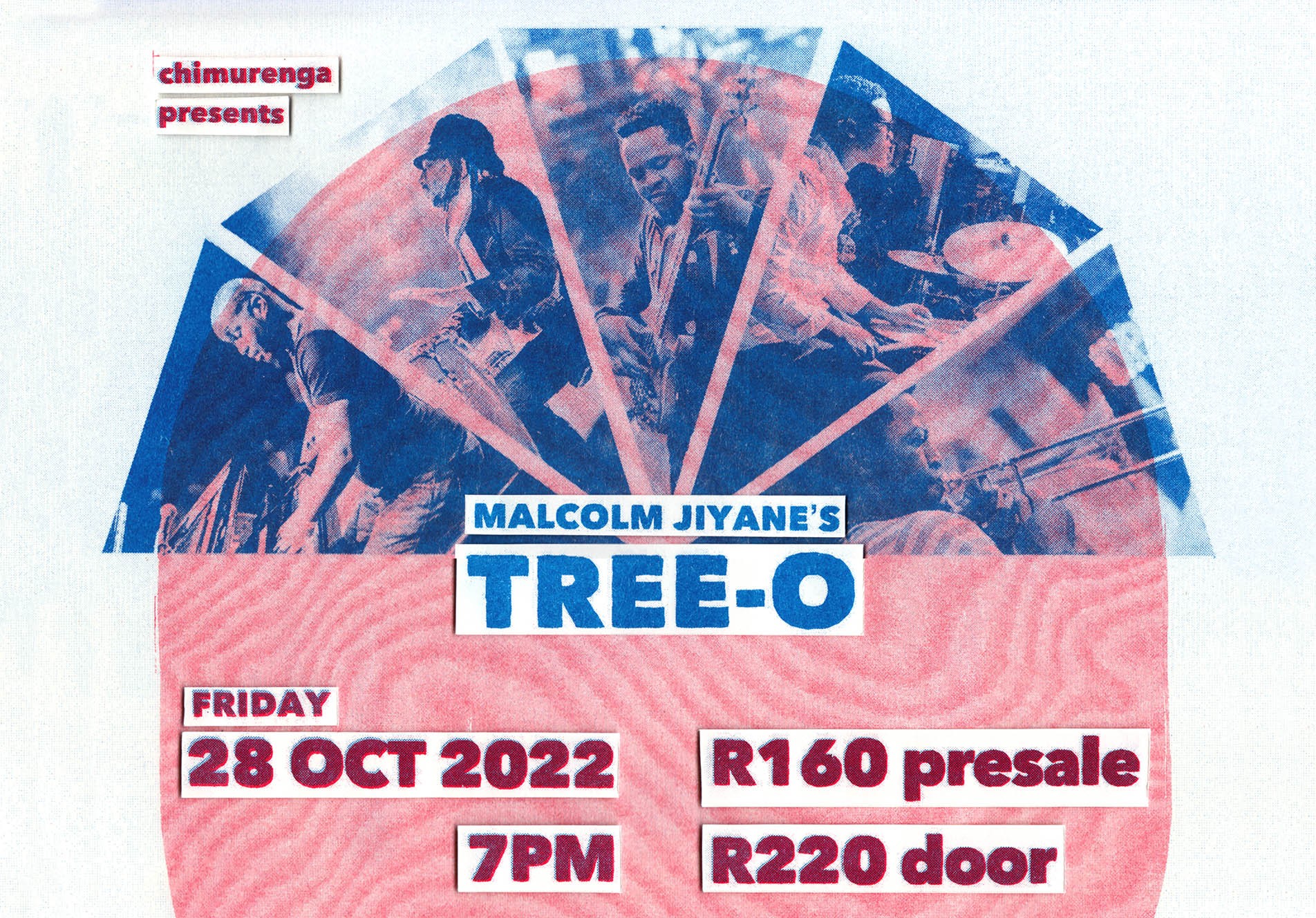


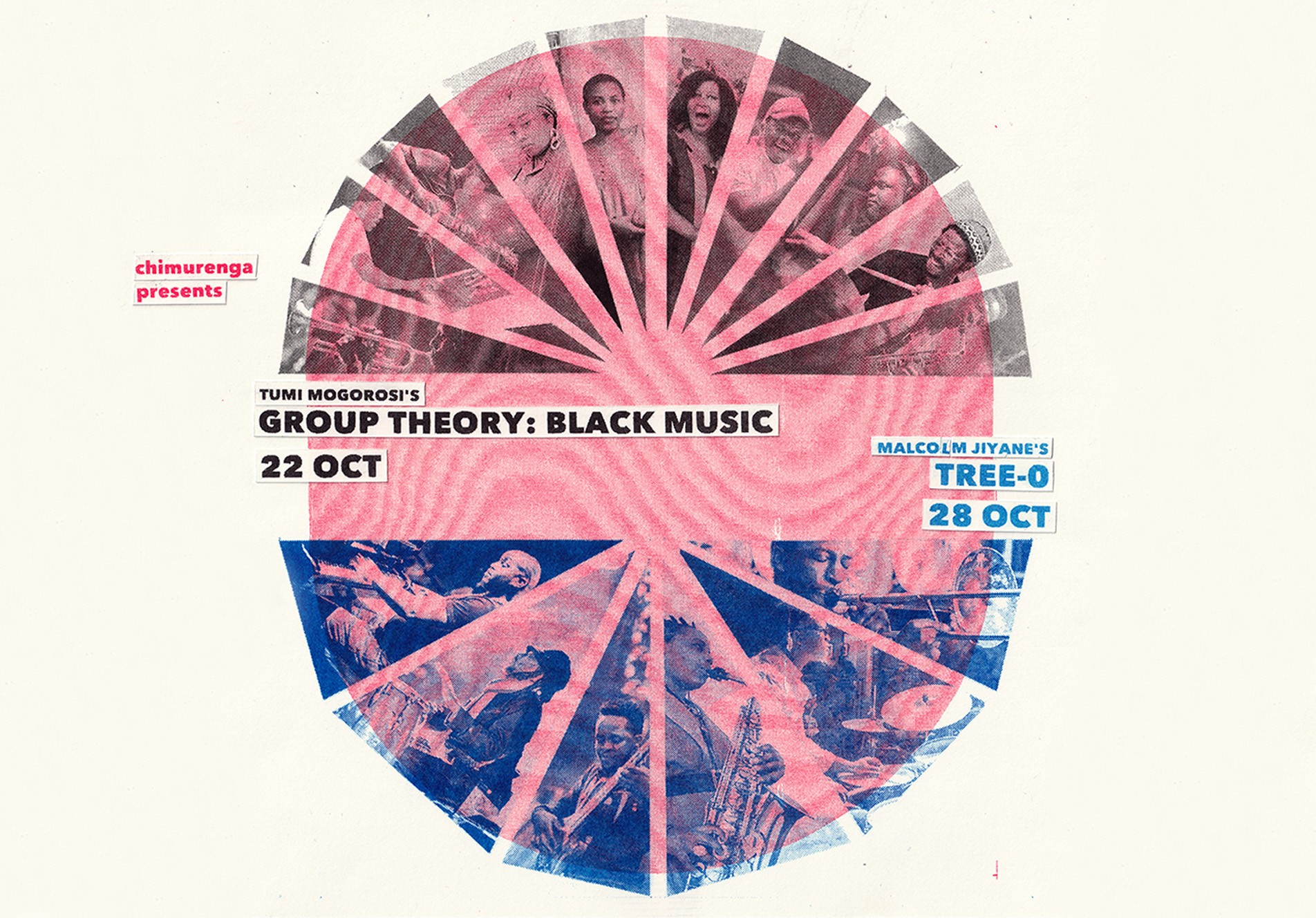

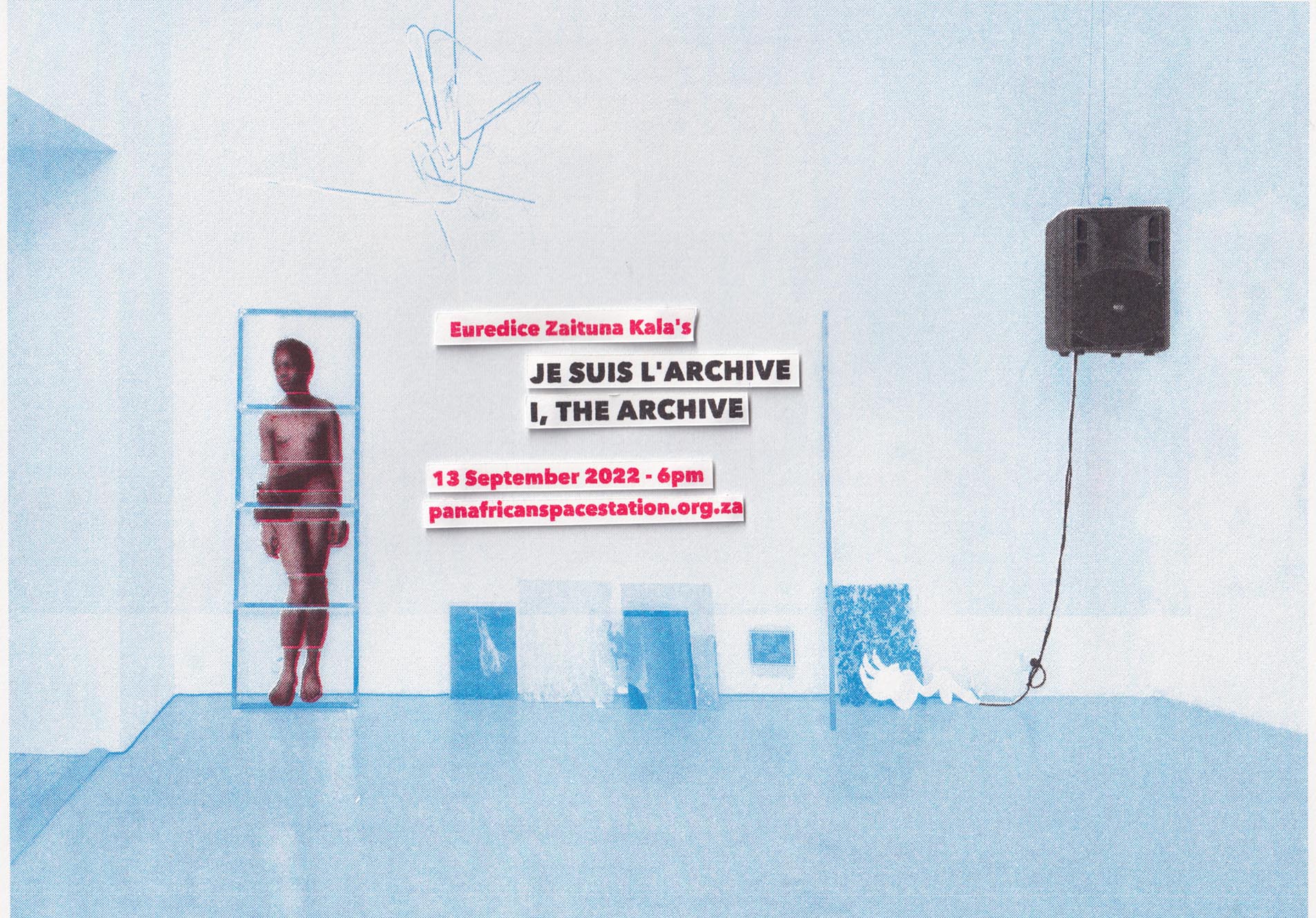







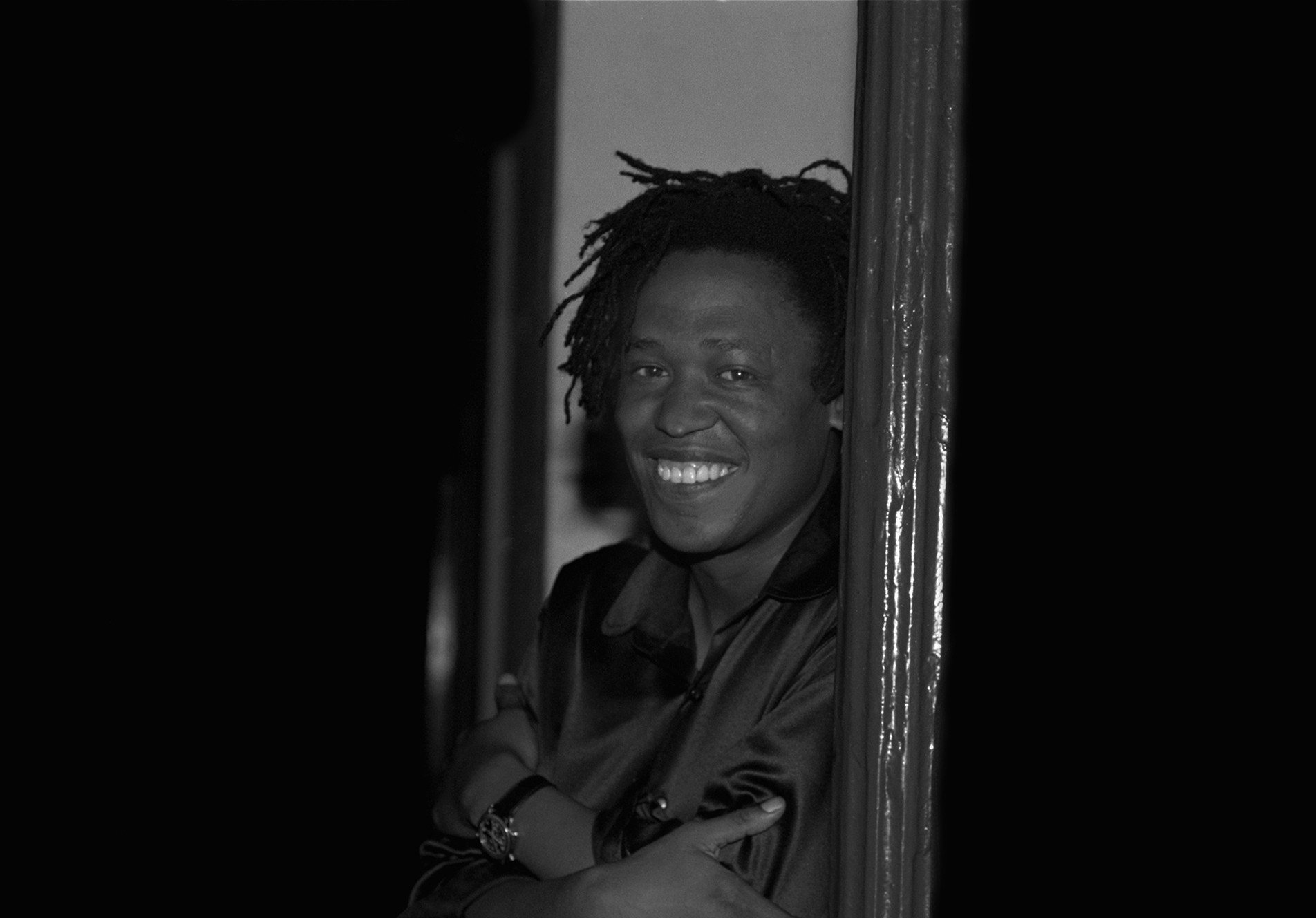

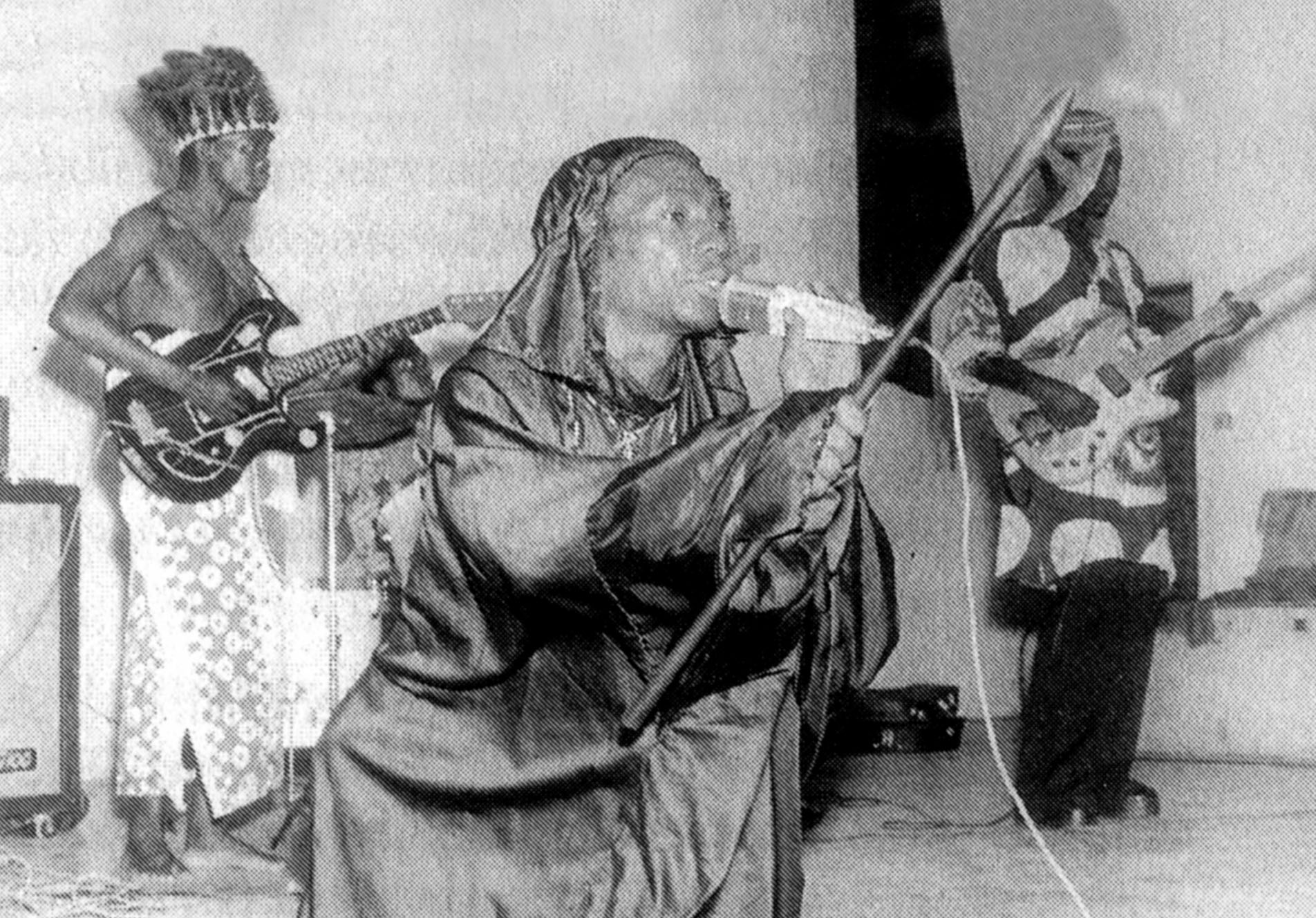


























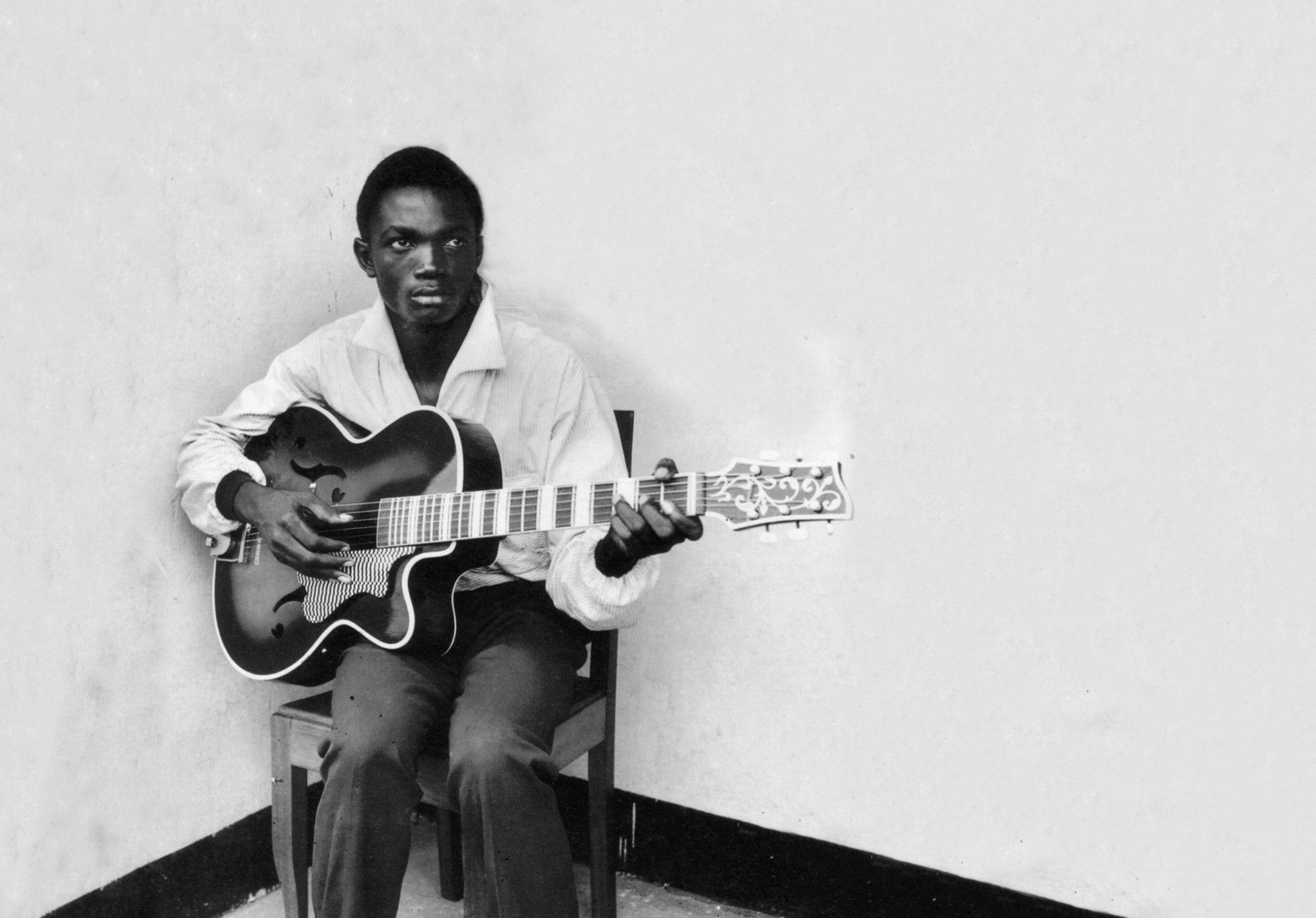
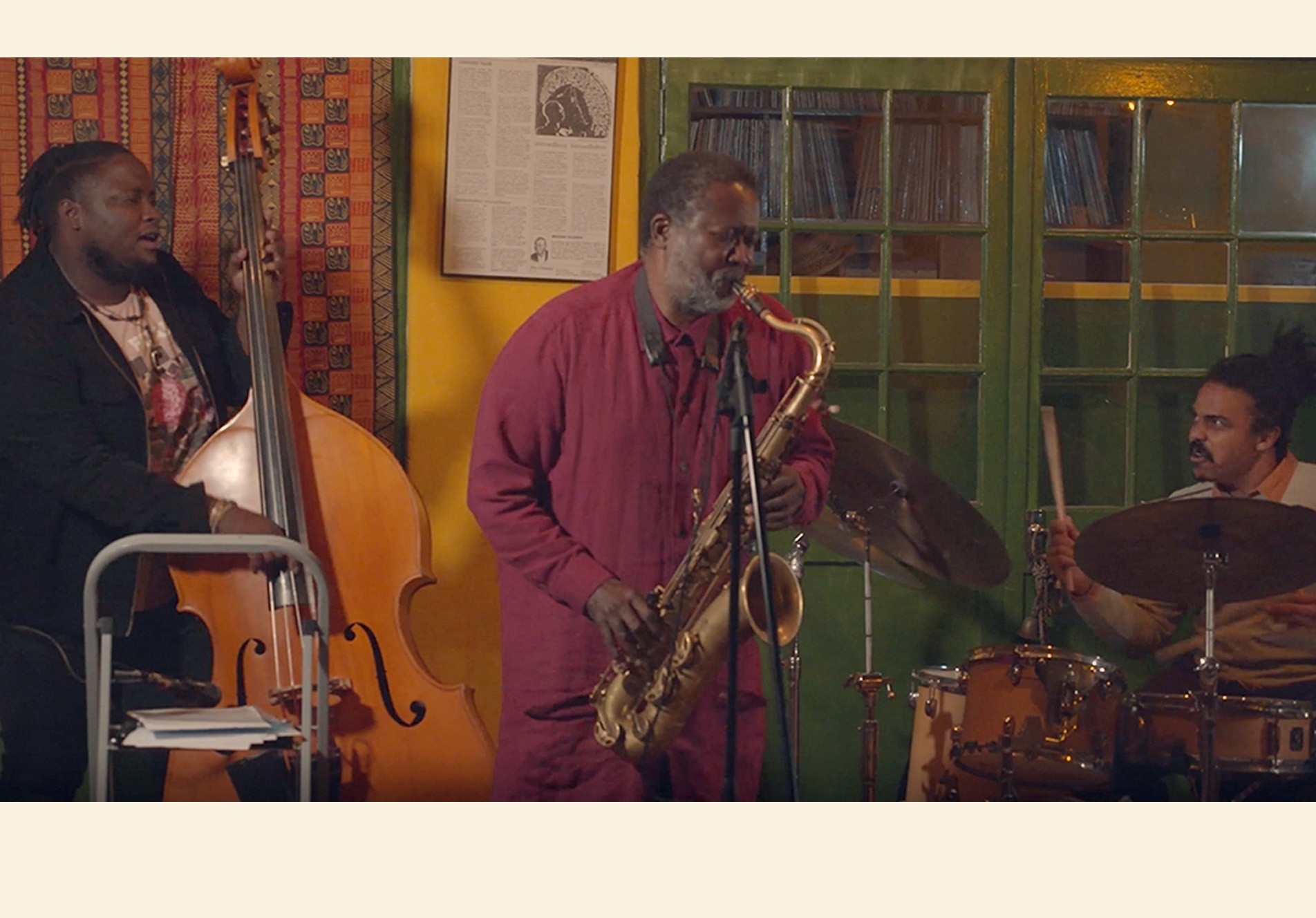

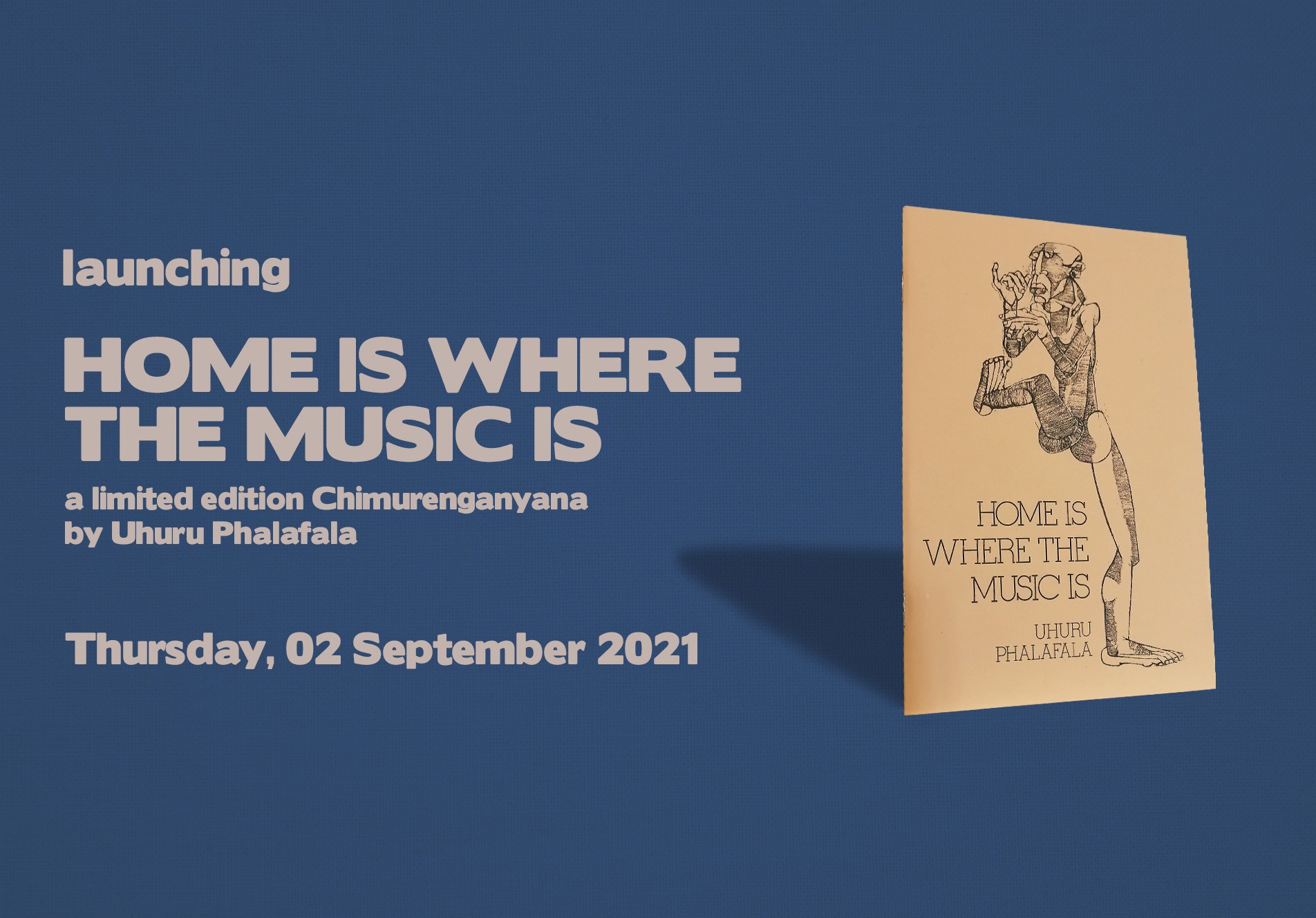






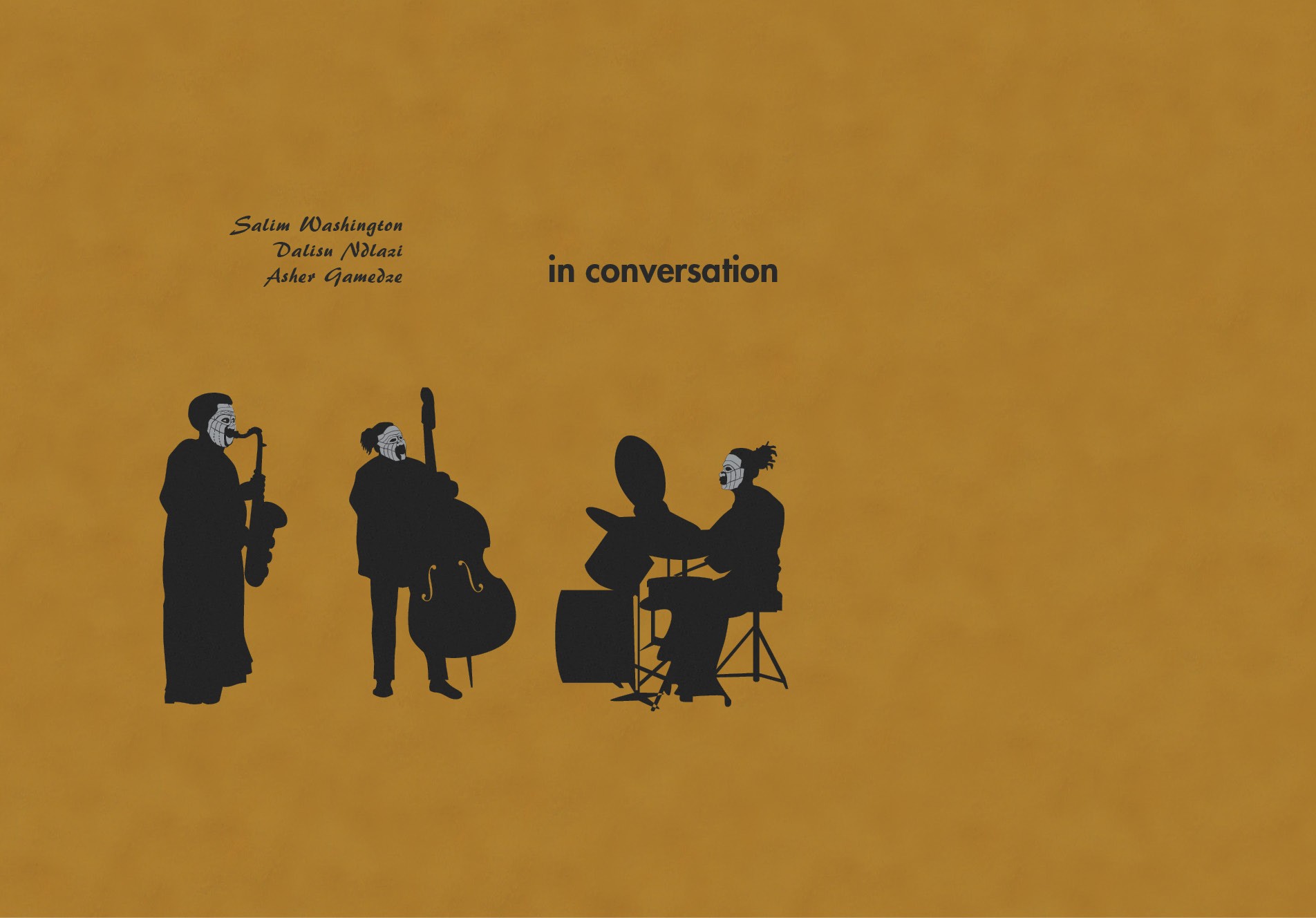
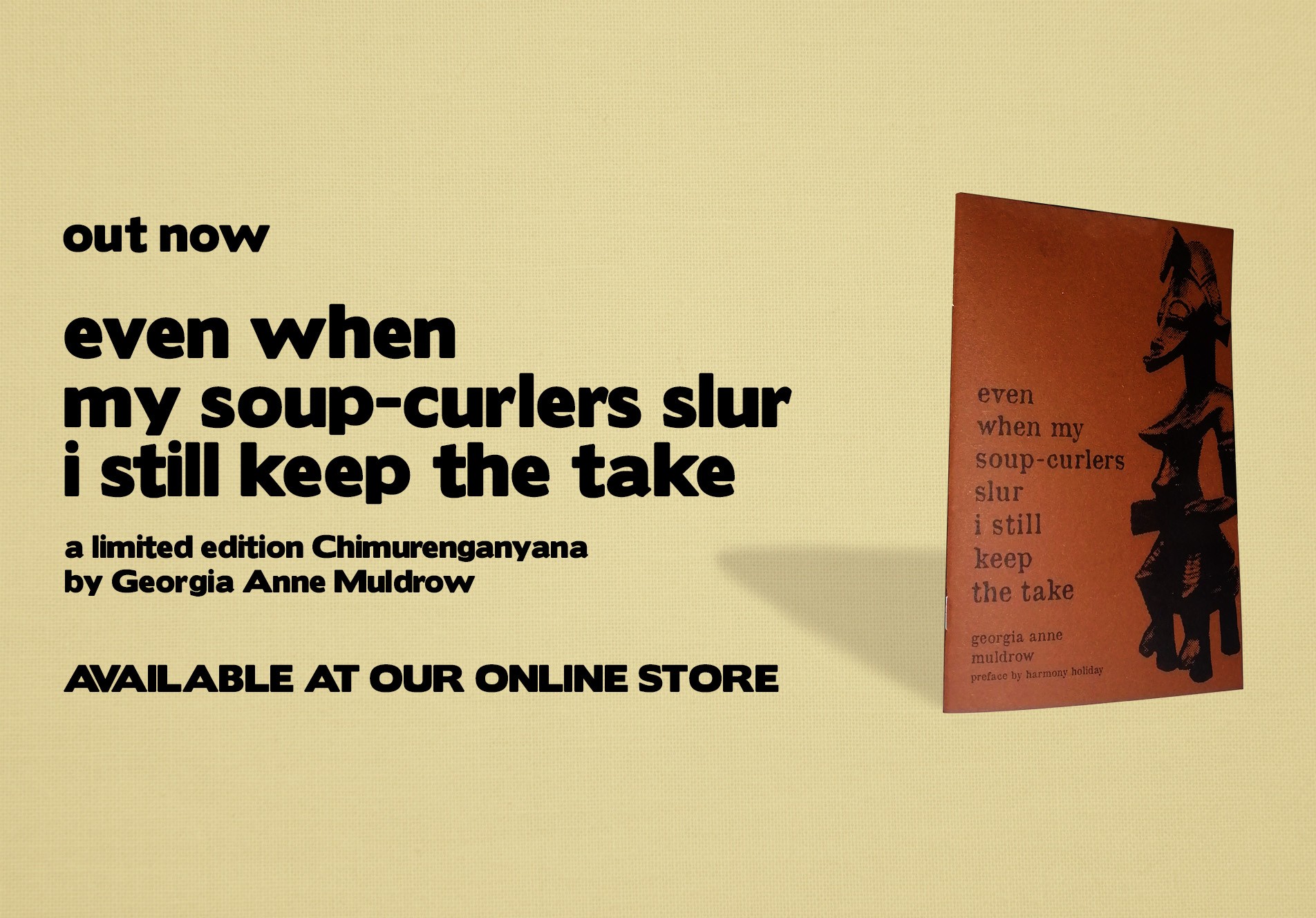


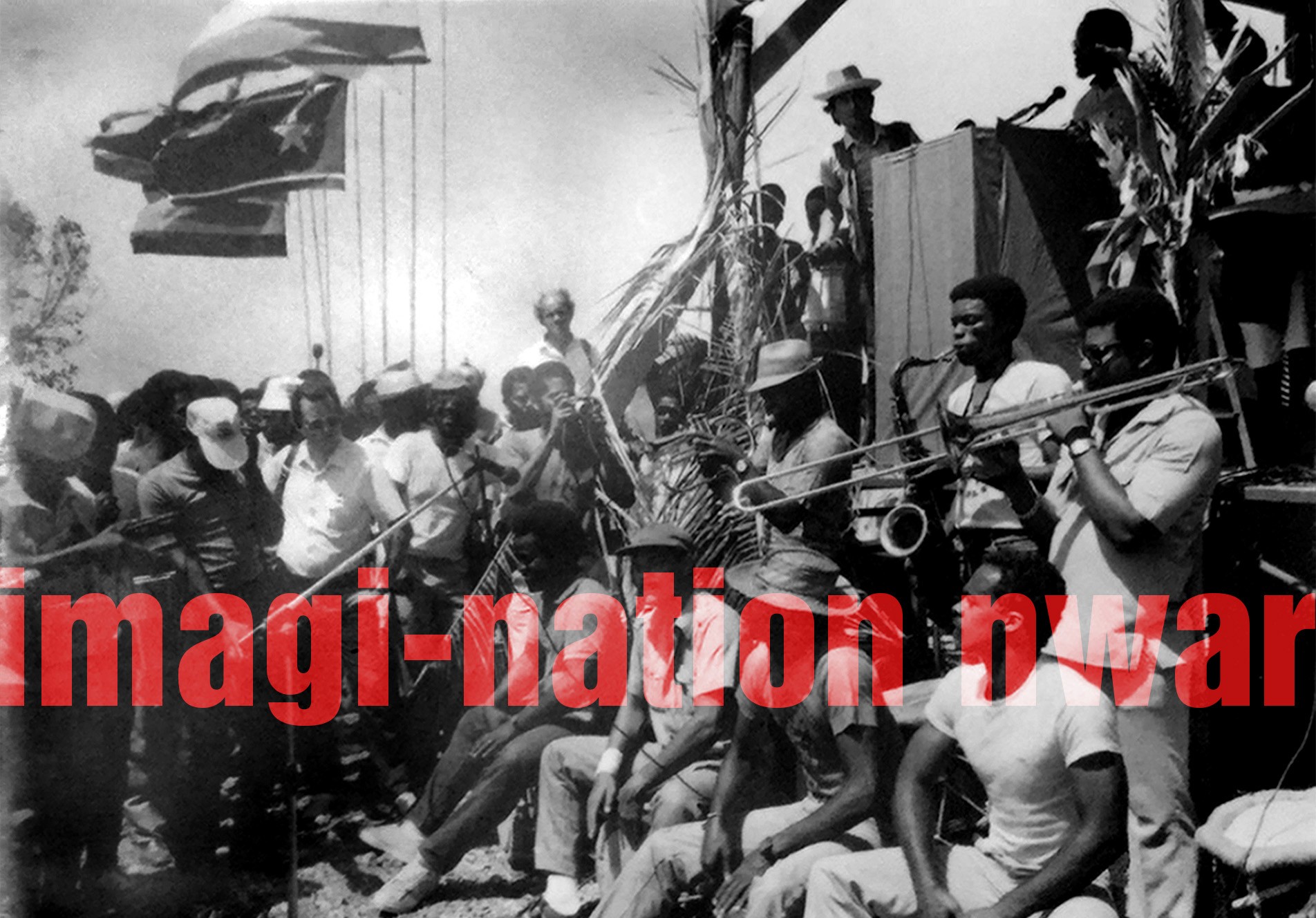
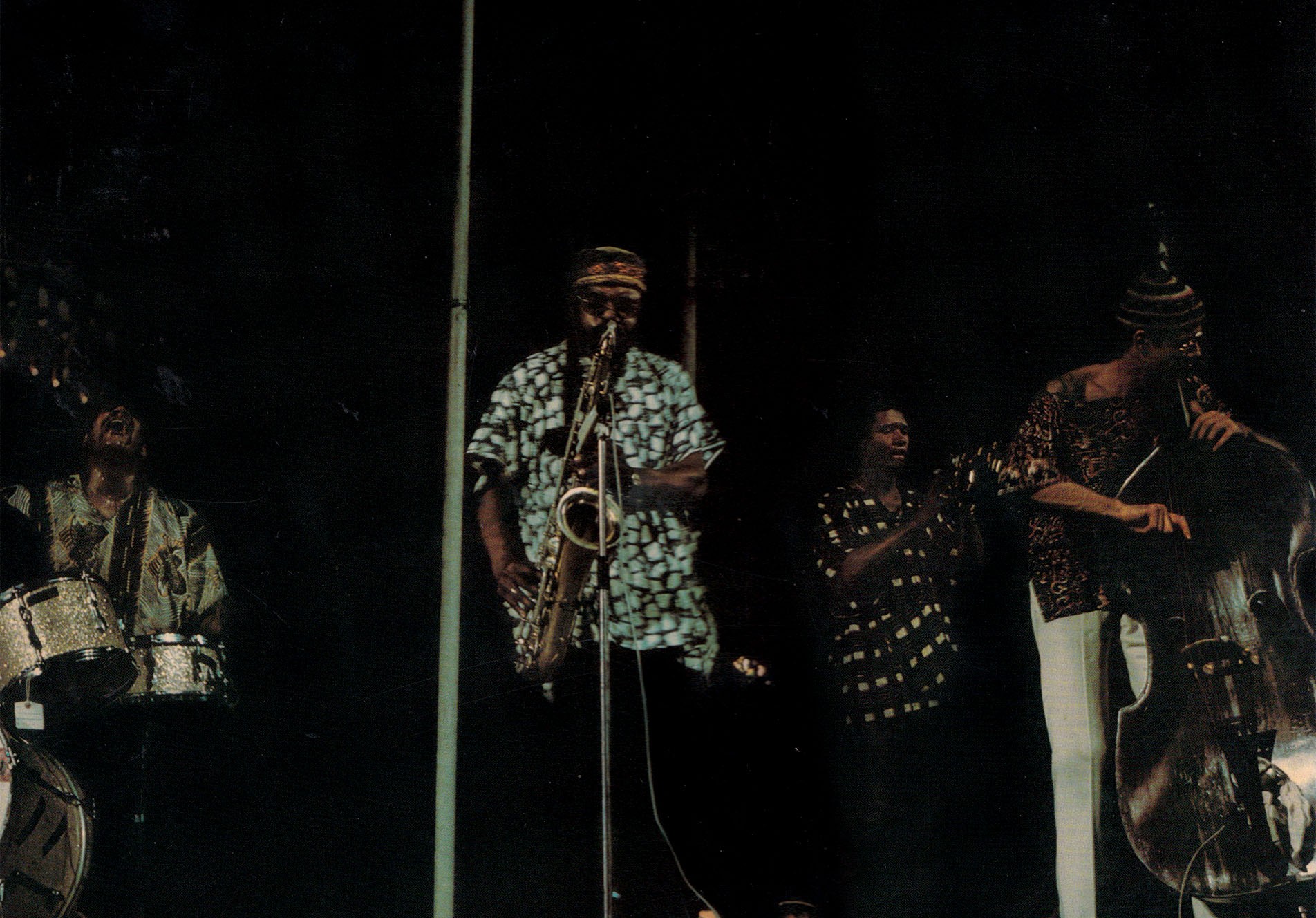
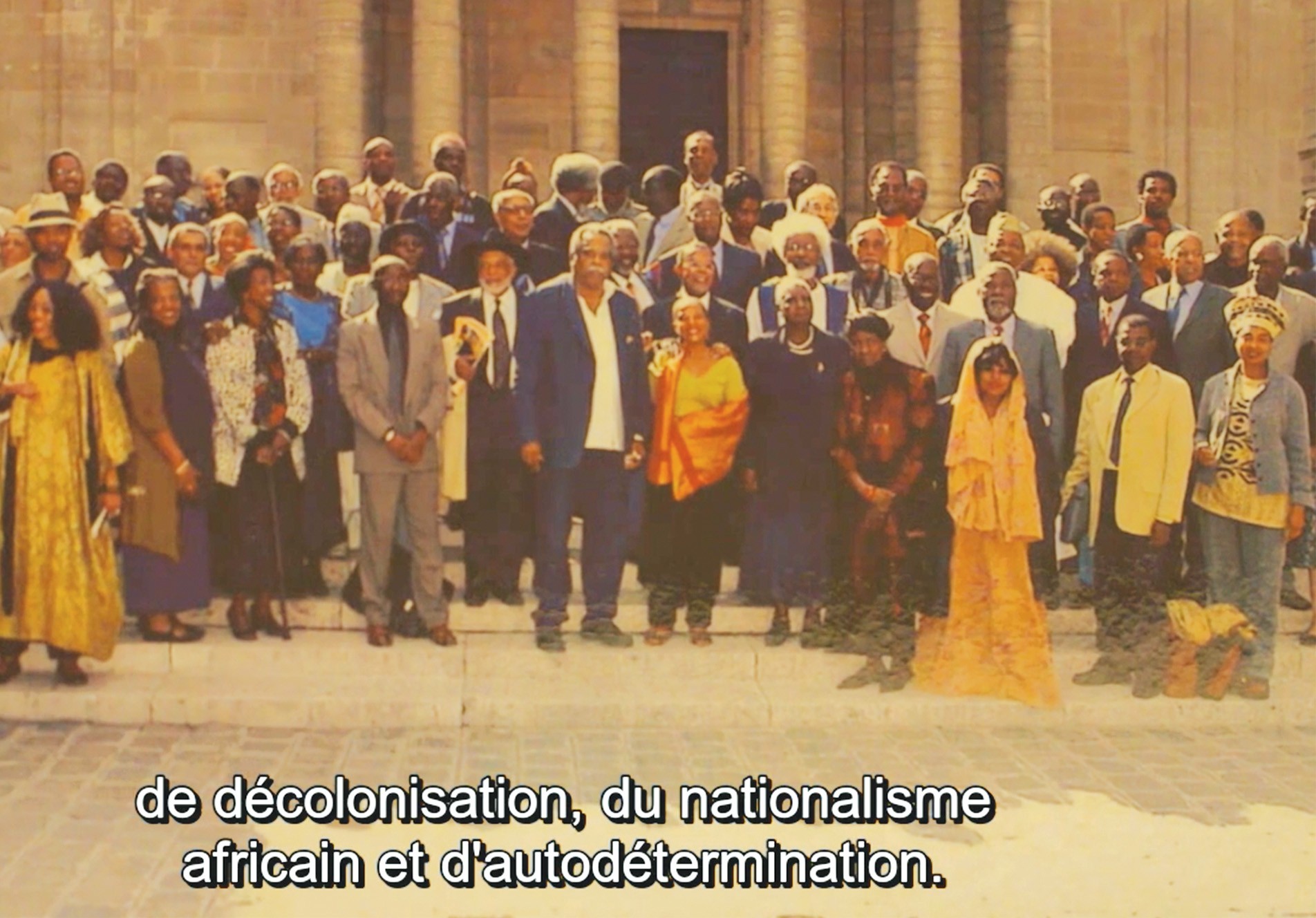

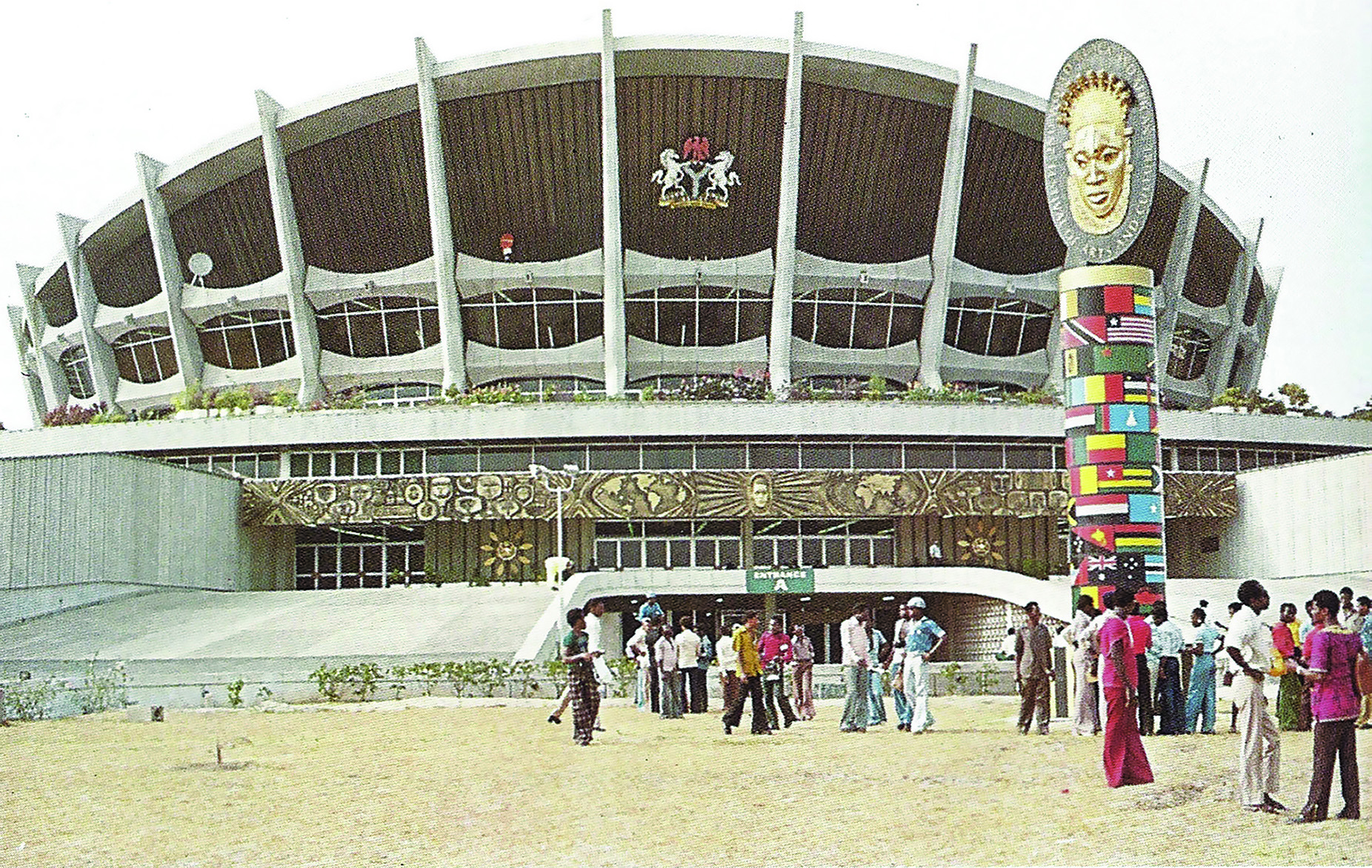









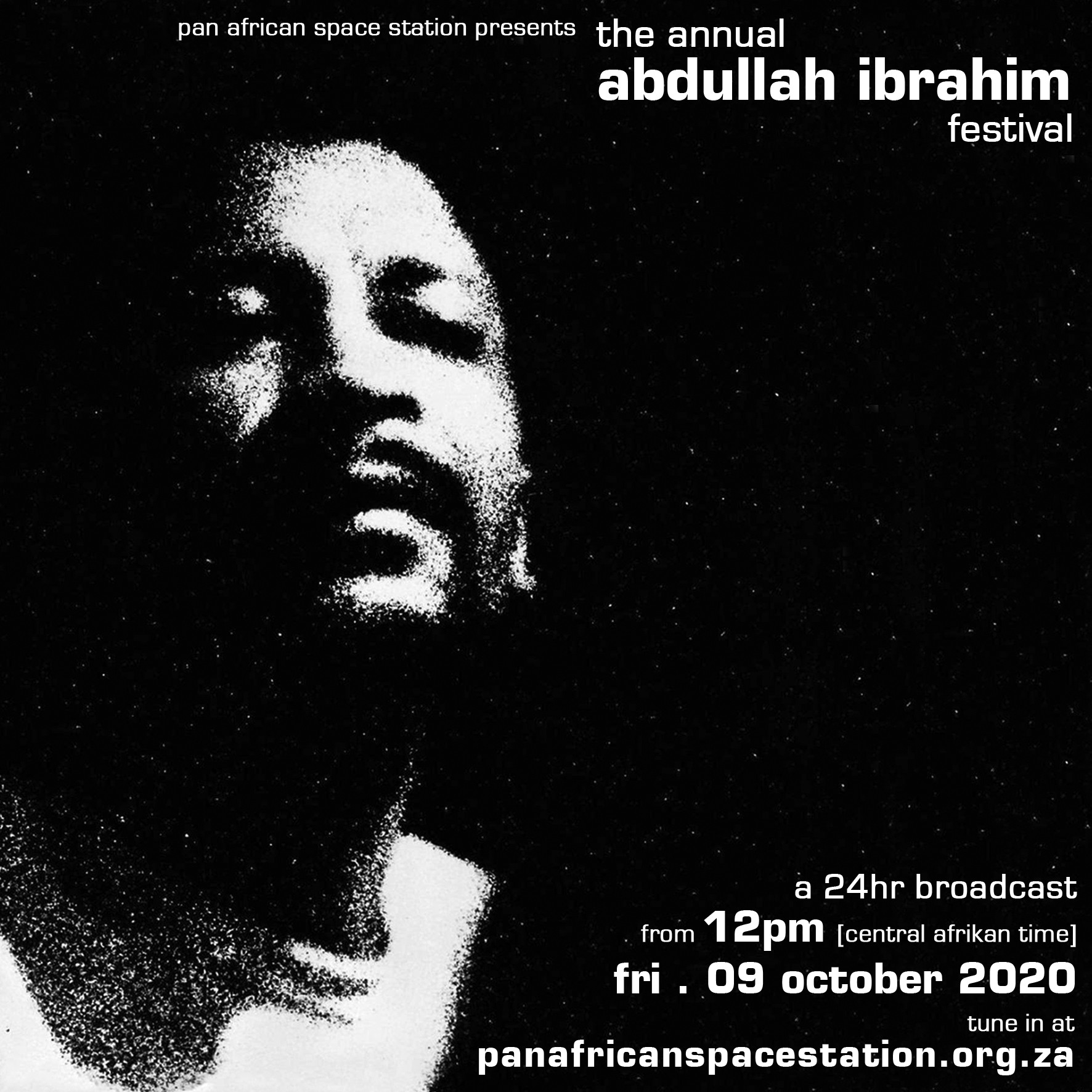









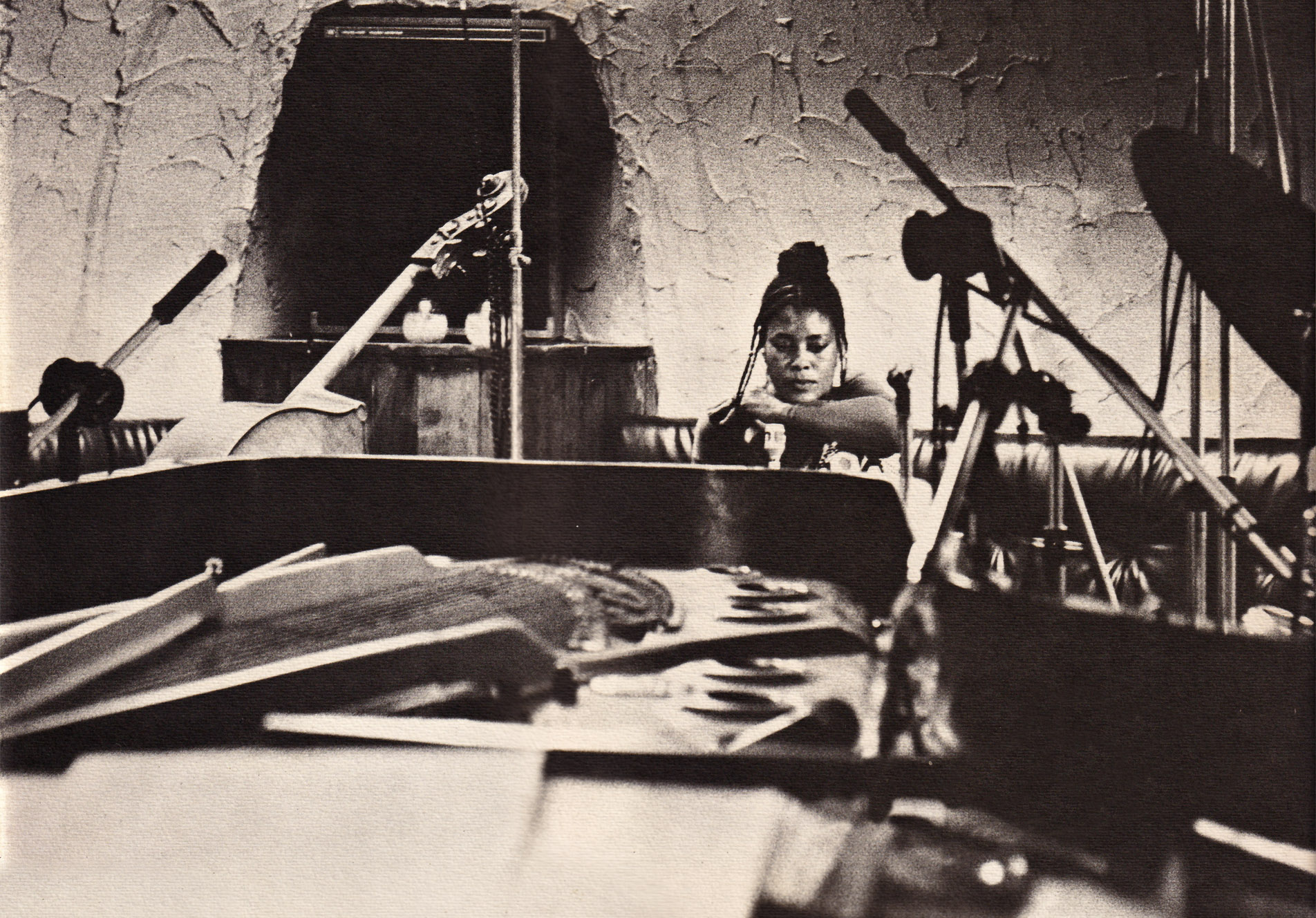
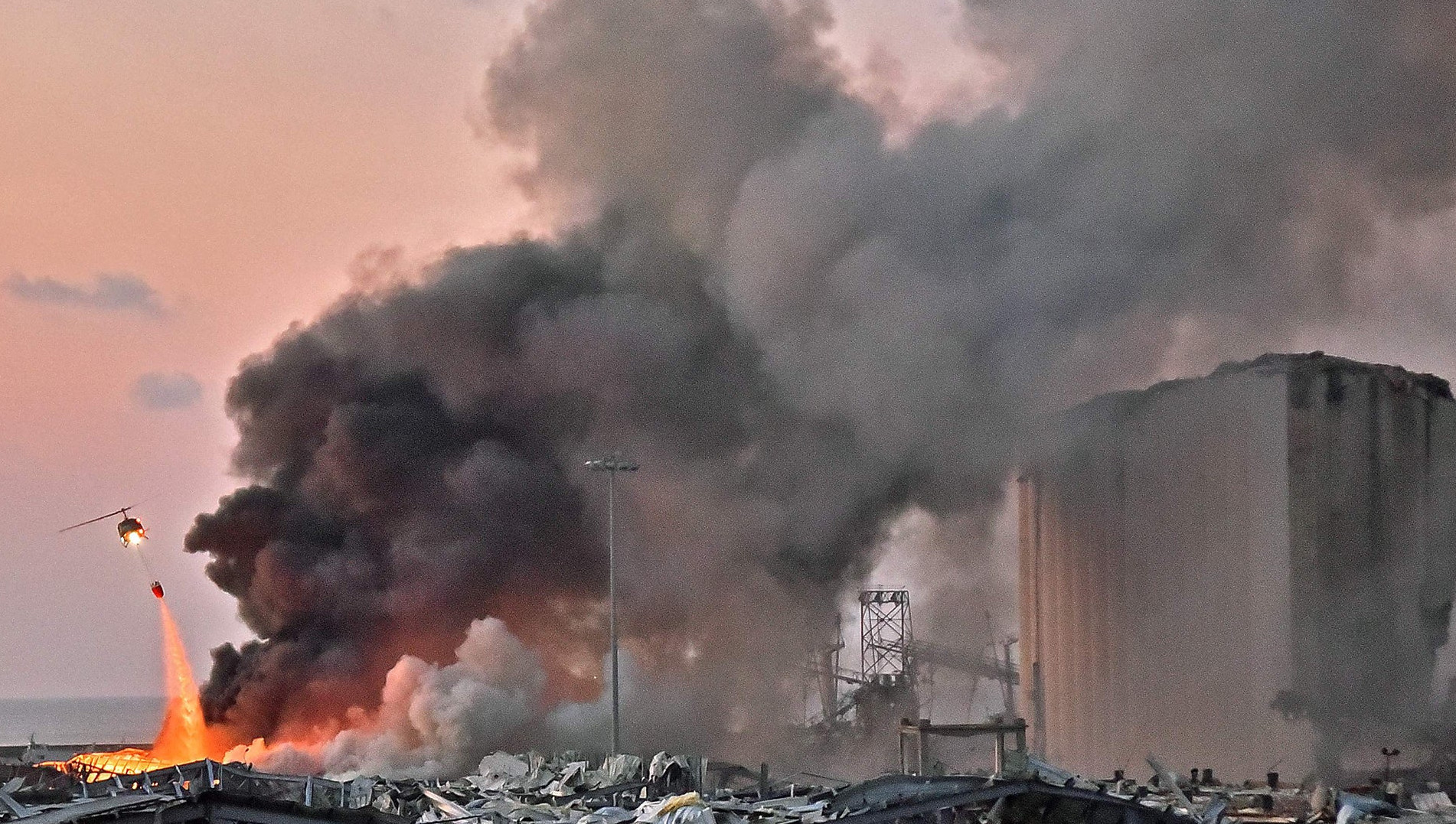

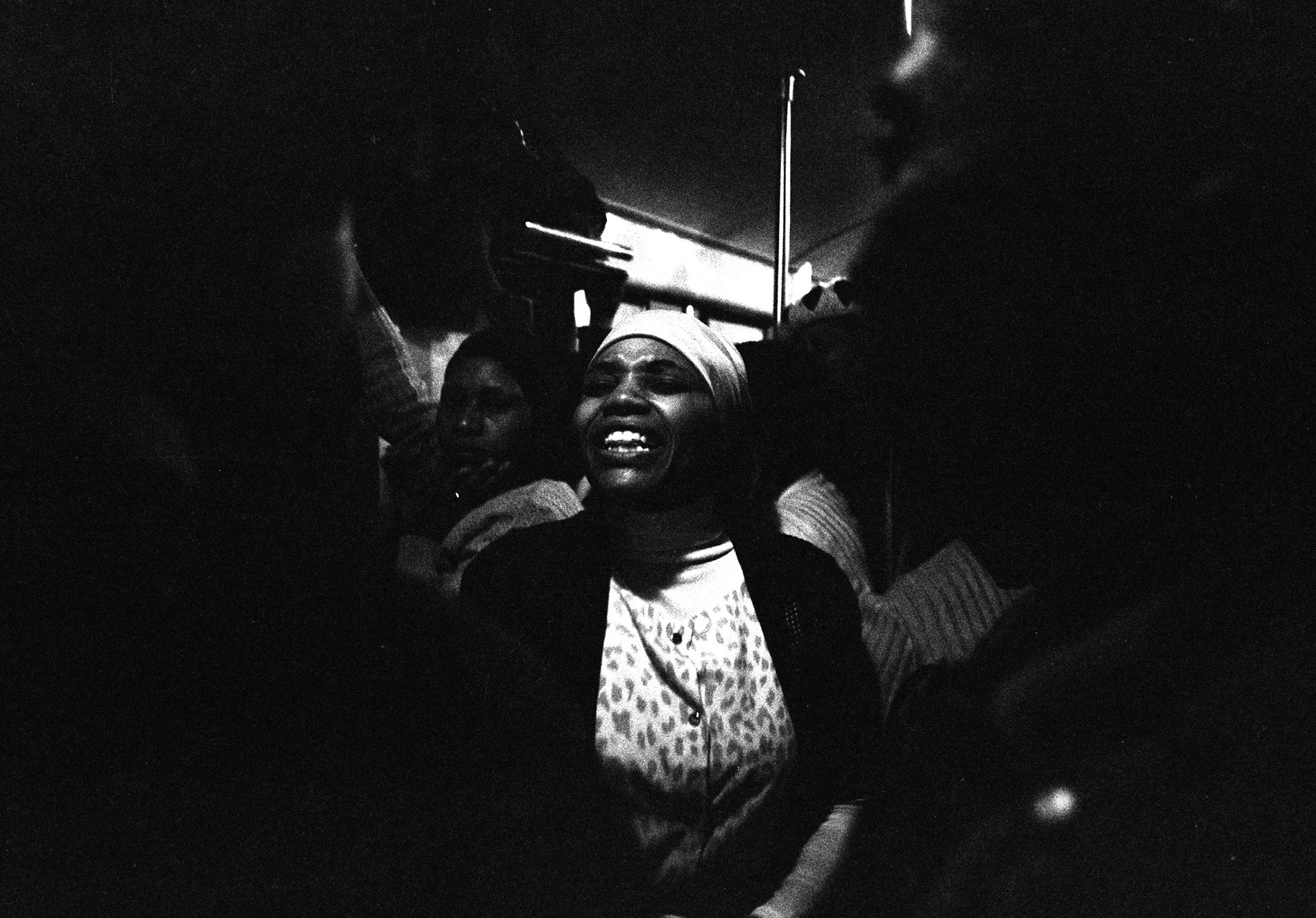






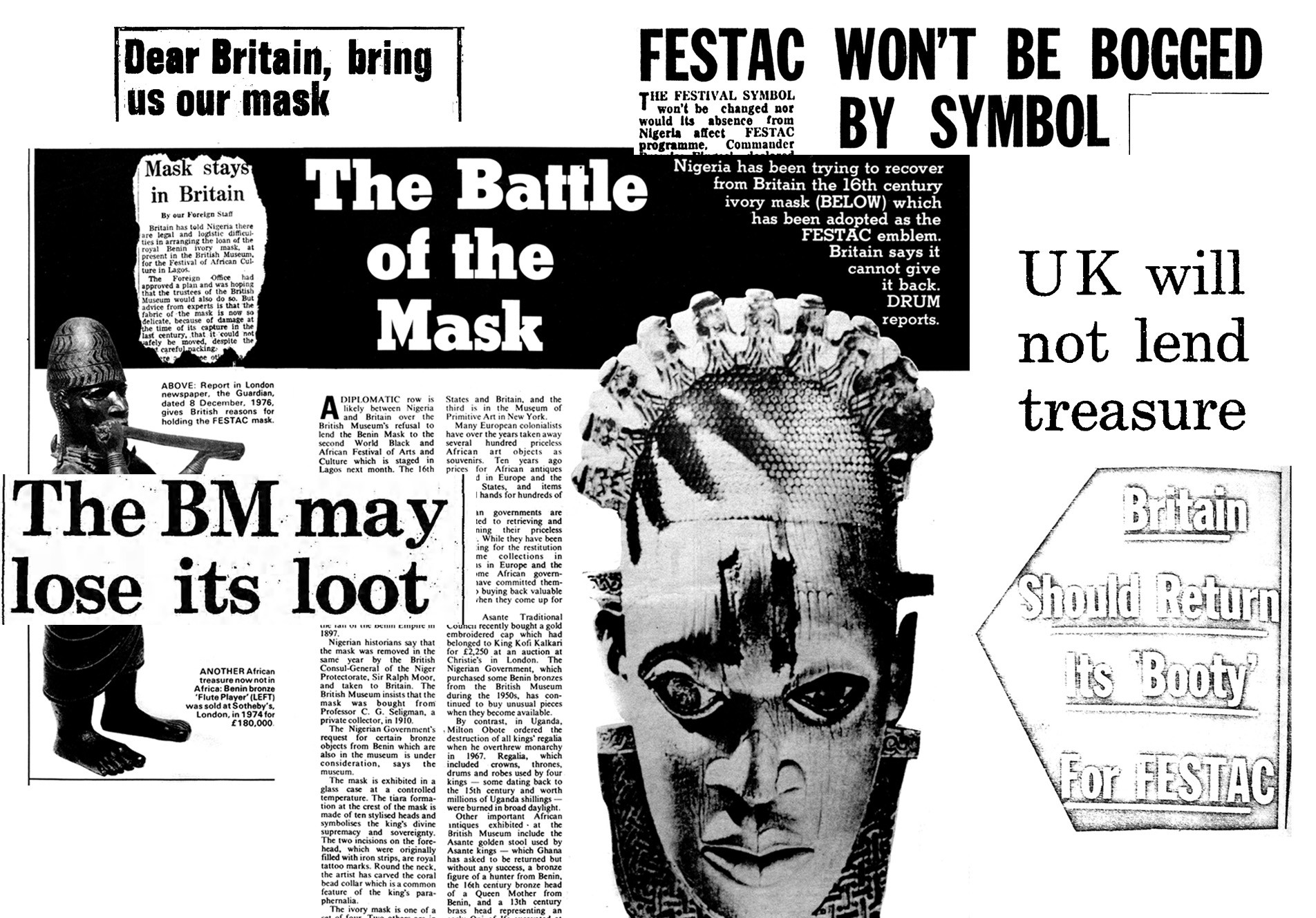




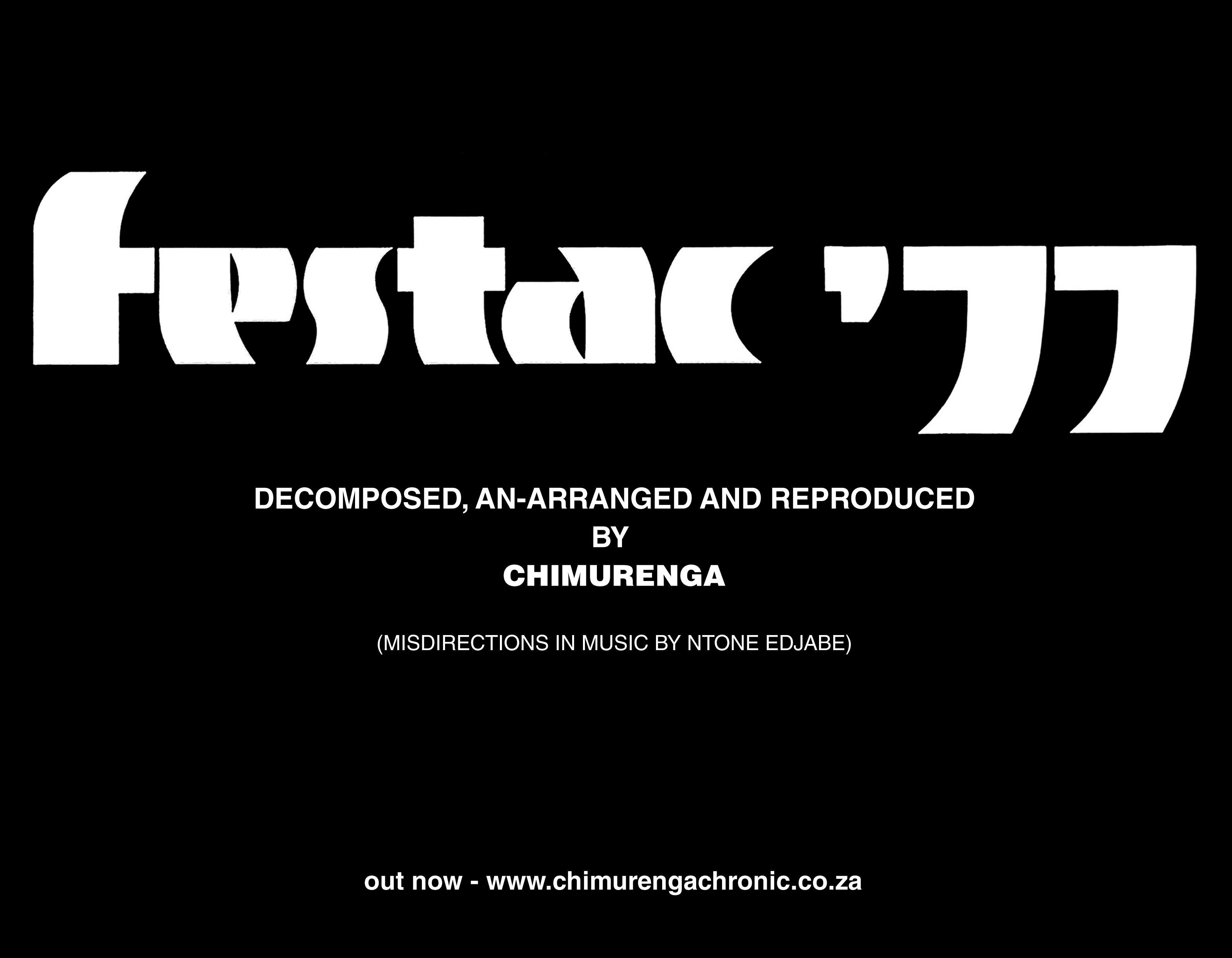

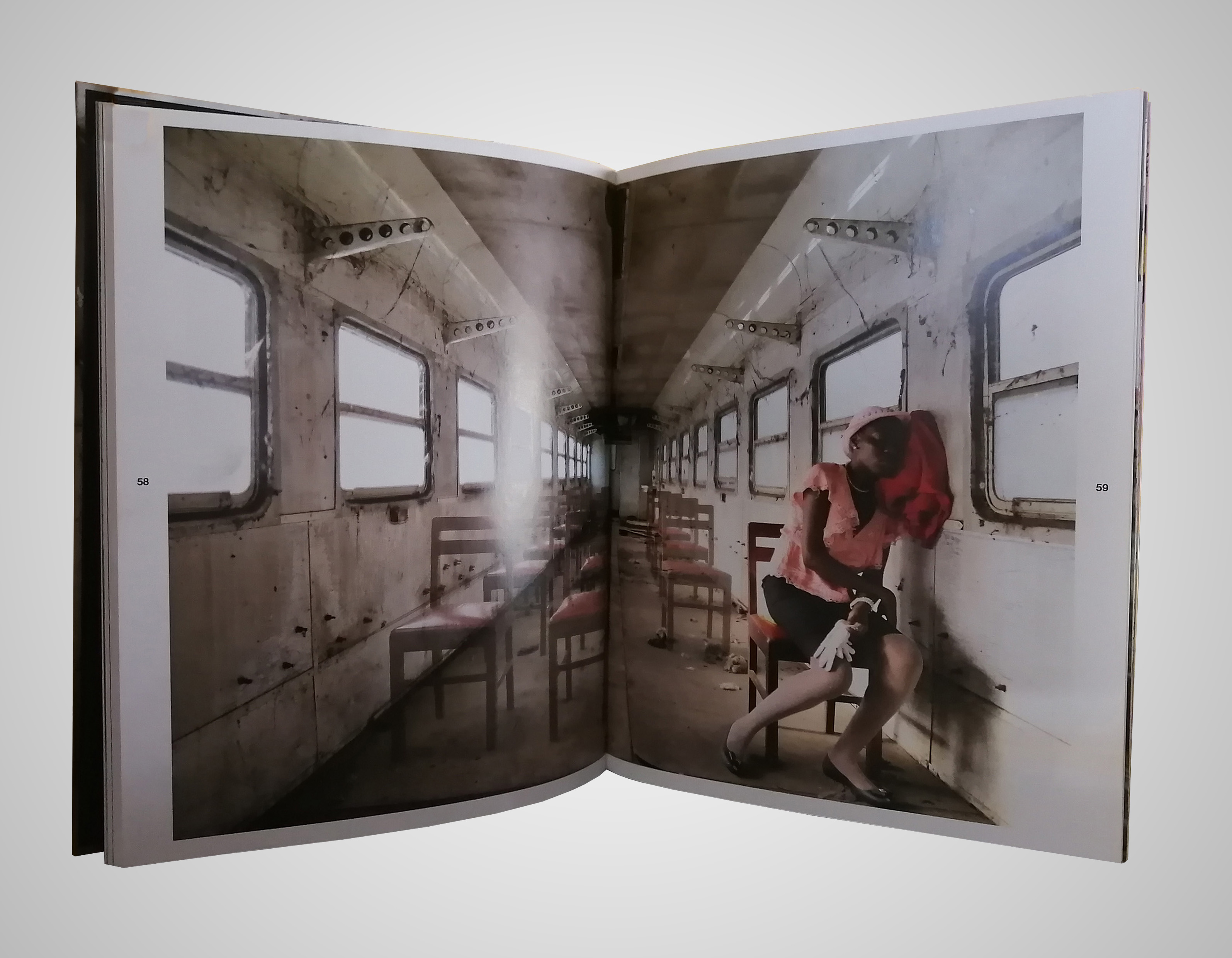















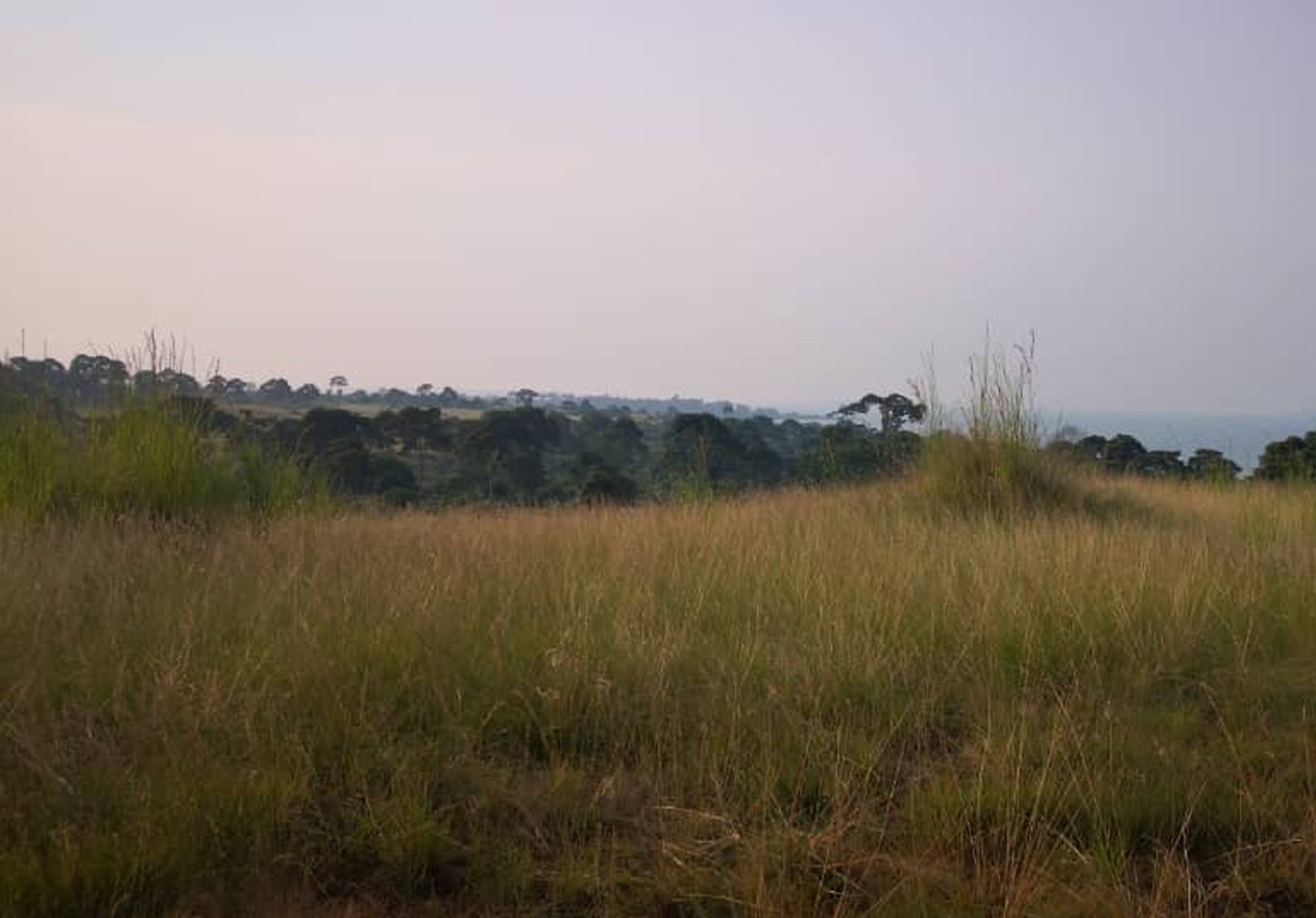






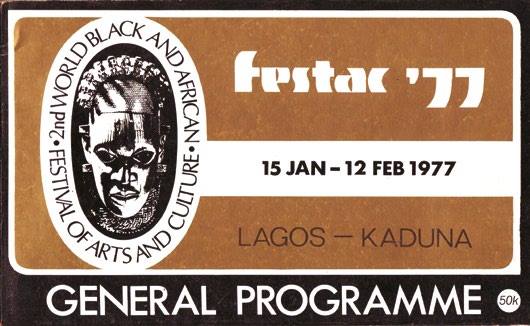







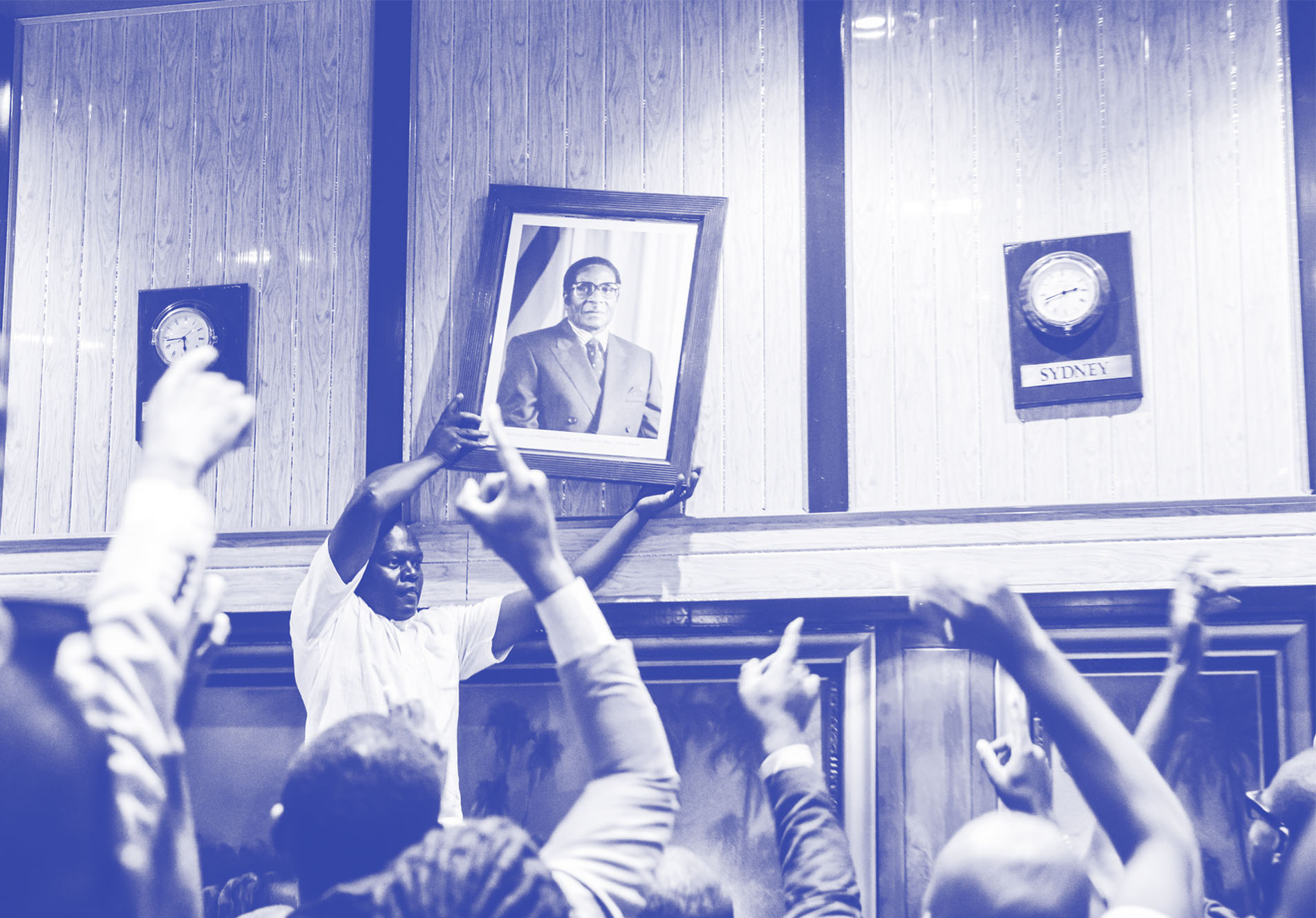

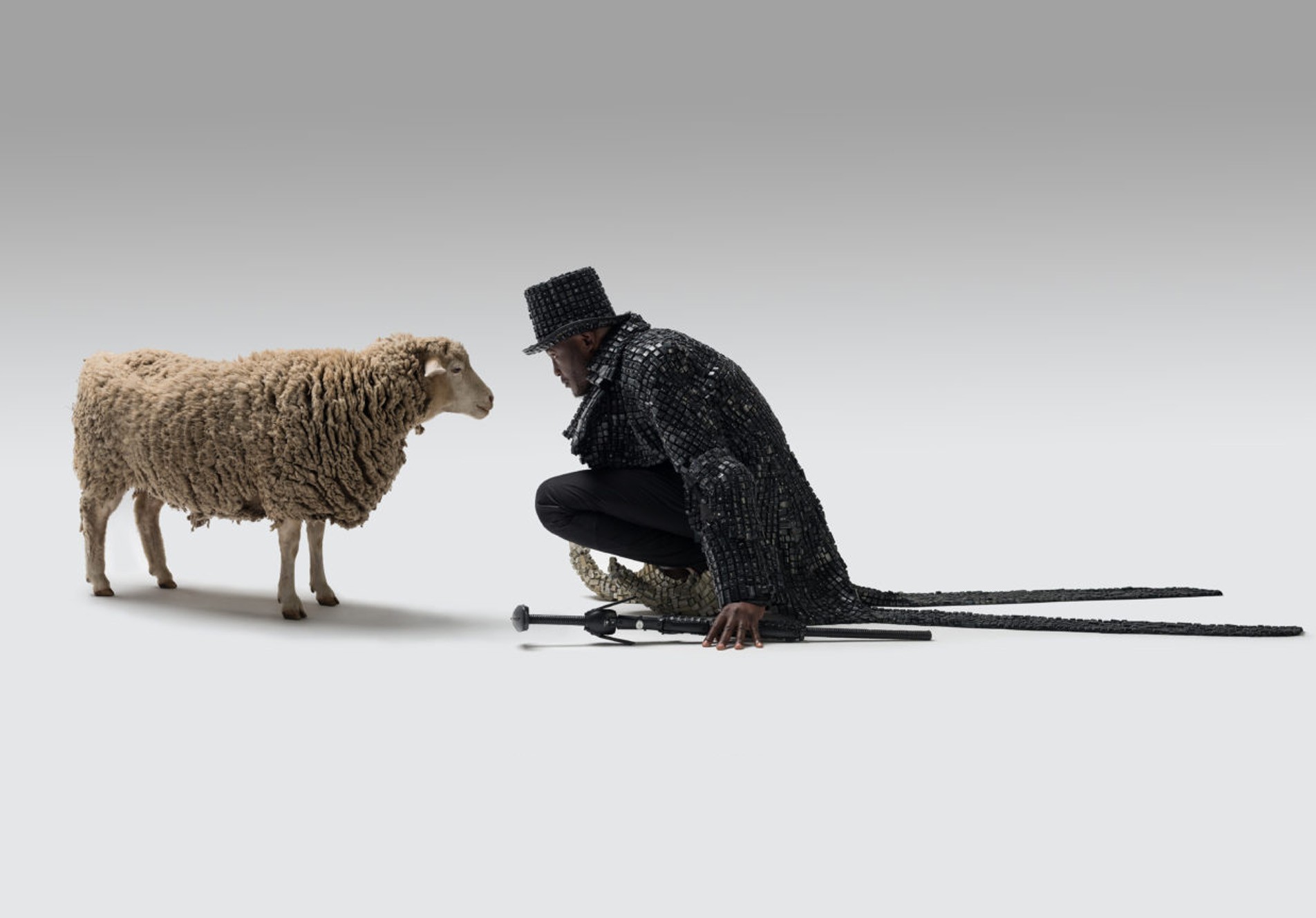
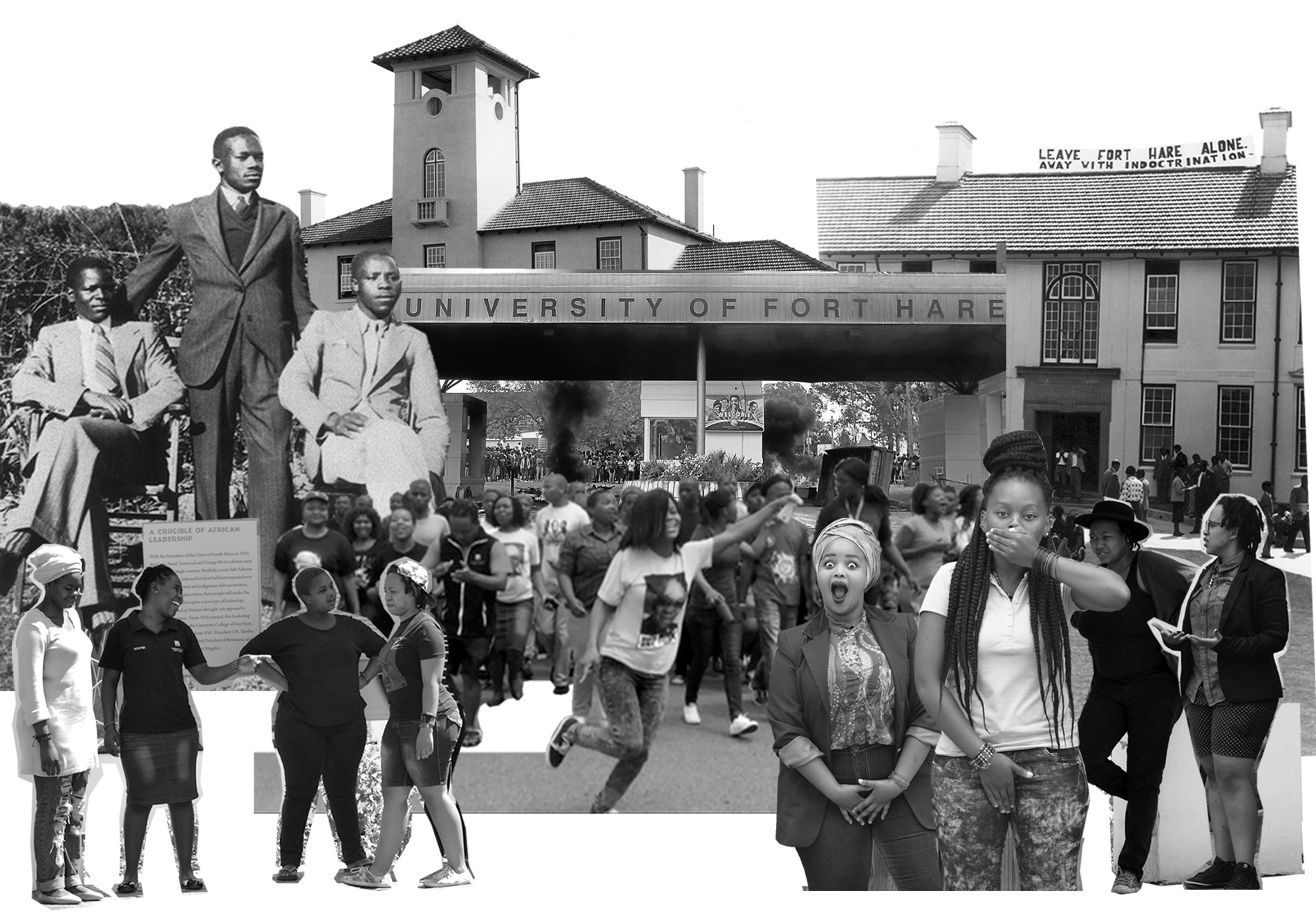







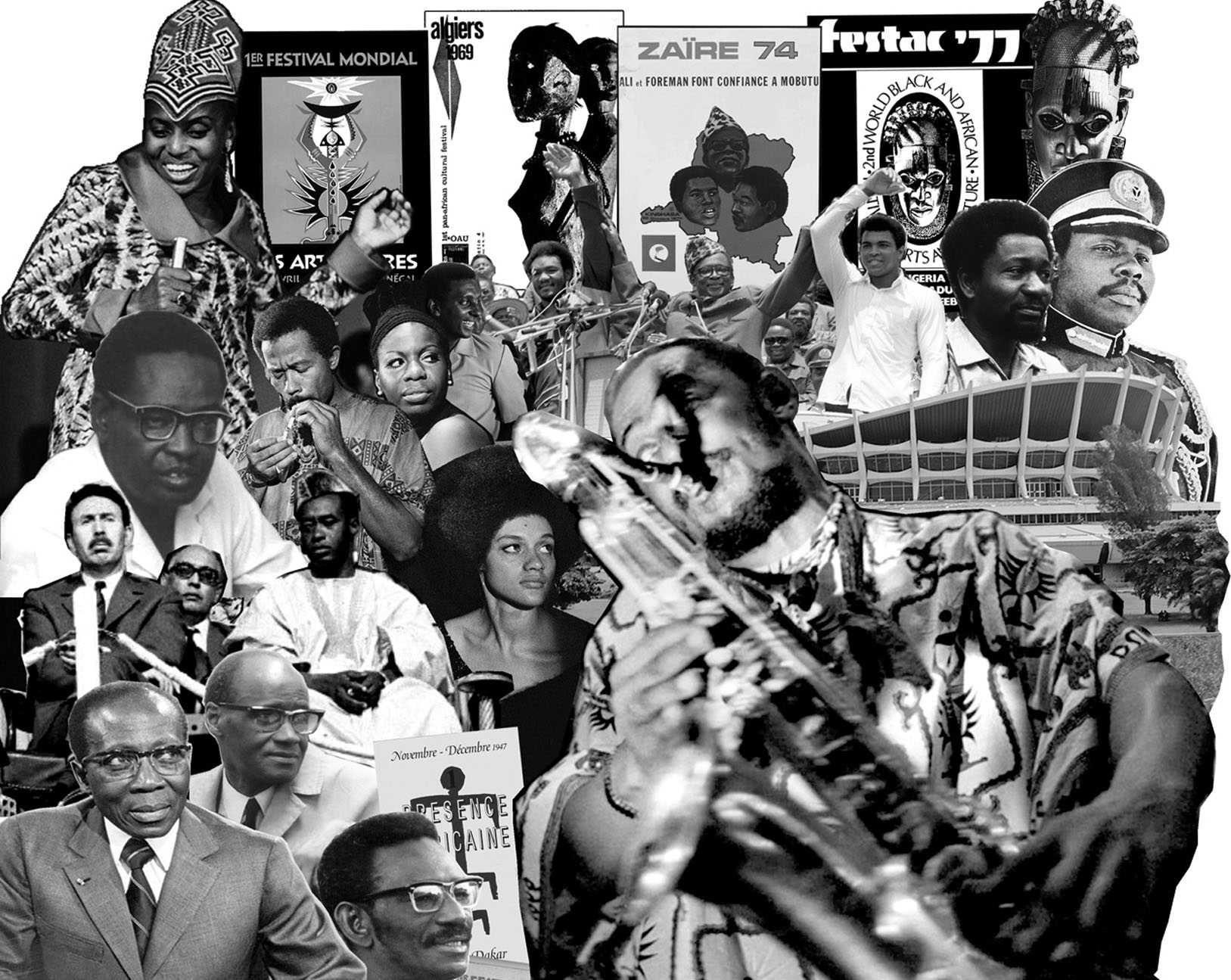


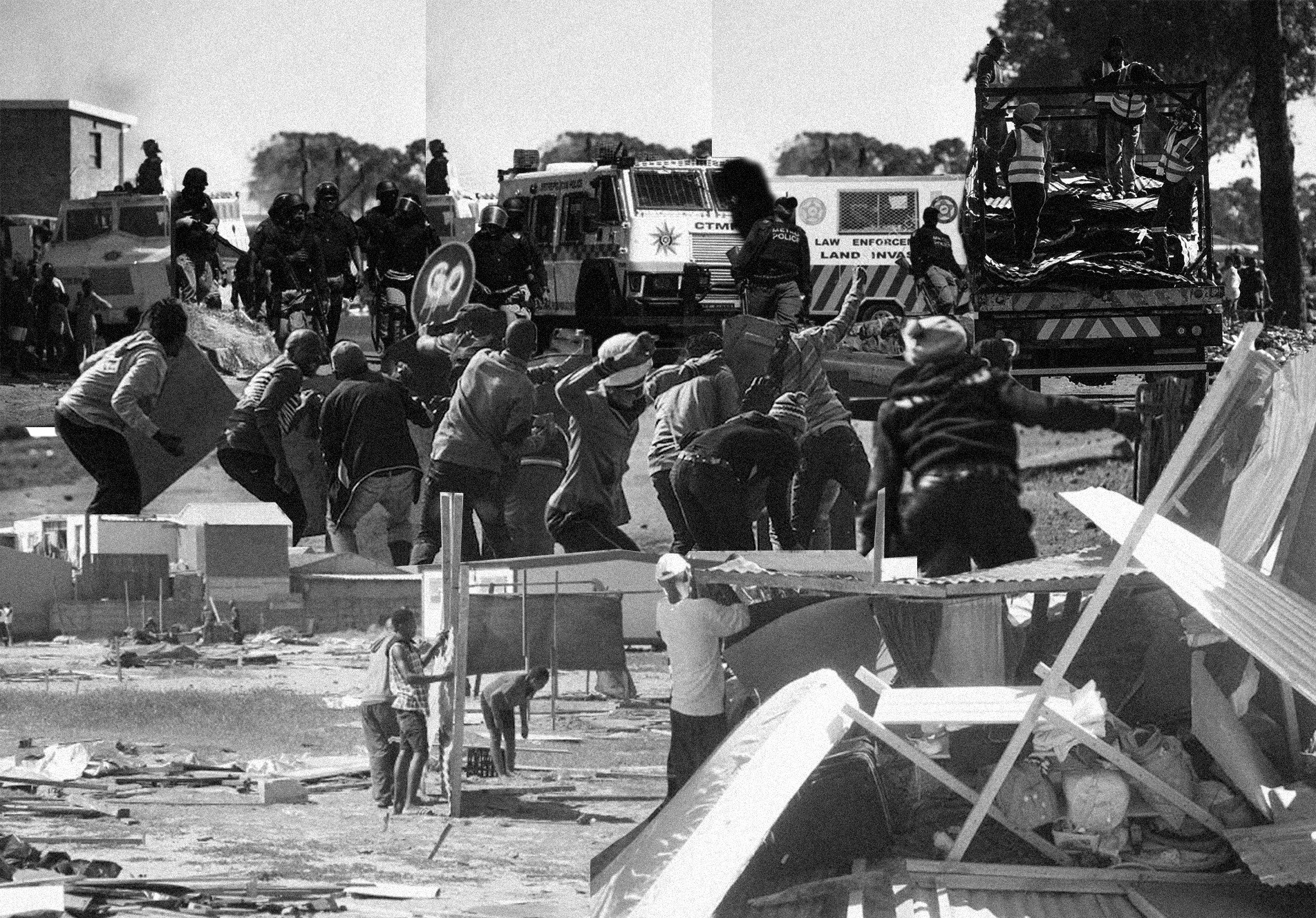

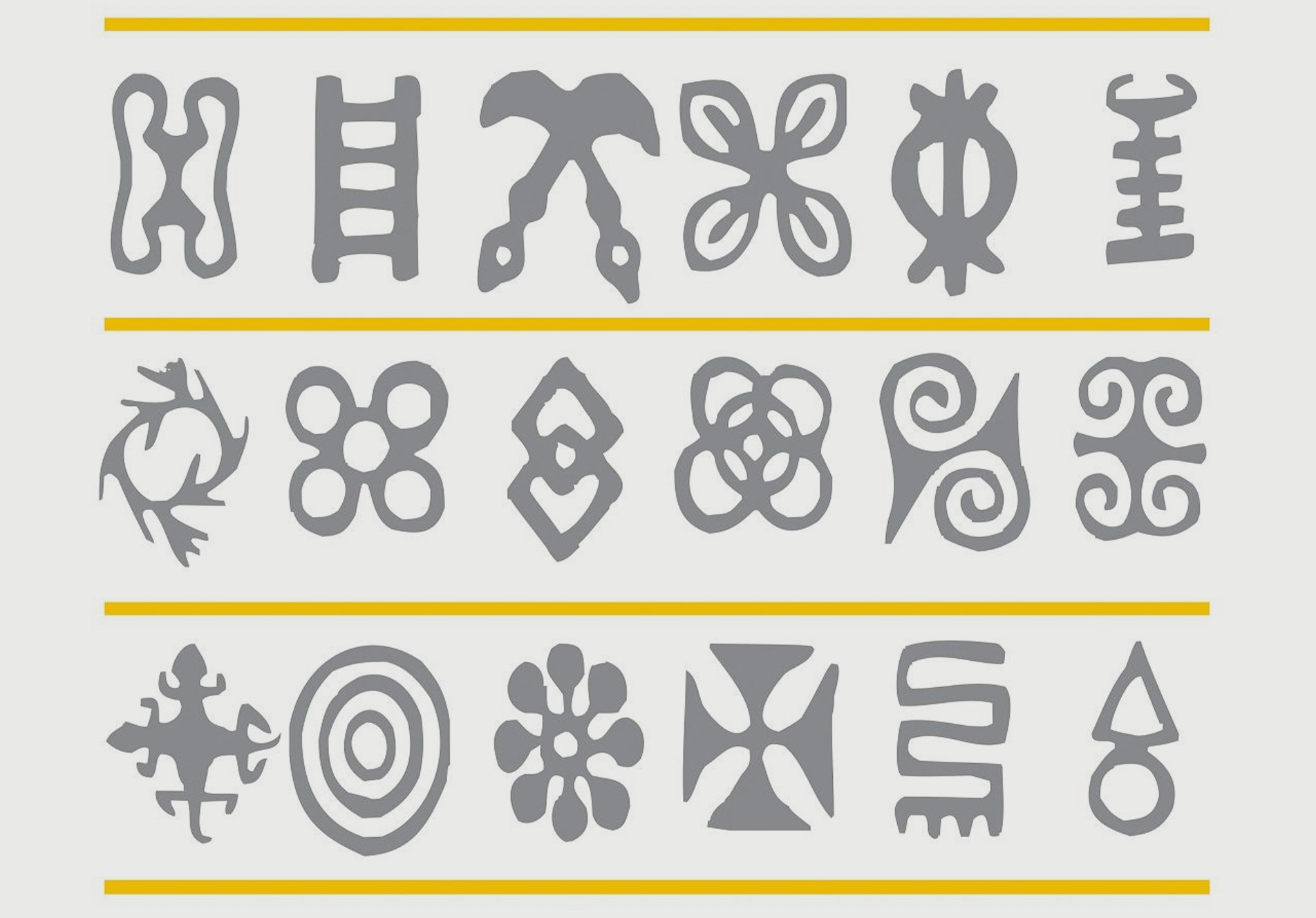






No comments yet.